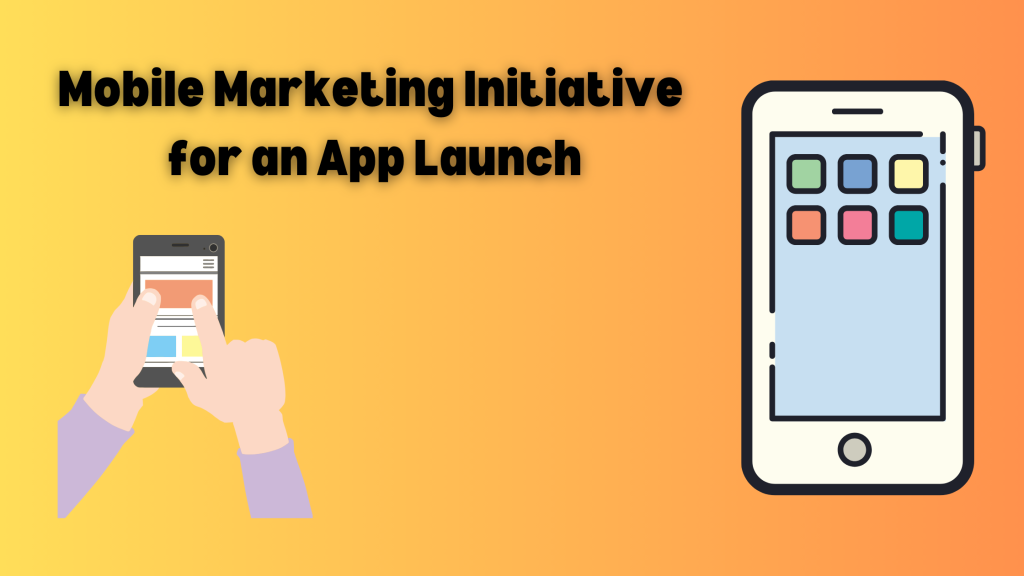
Mobile marketing has seen exponential growth in recent years due to the rising demand for mobile apps. Smartphone users spend 88% of their mobile usage time on apps. However, the competition for this user engagement has increased due to multiple options. According to data, there are 4.8 million apps on iOS and 2.6 million apps on Android. Also every month 27,000 apps are launched on iOS and 61,000 apps on Android. Hence the competition is very high.
Due to this competitive atmosphere, marketers should plan a strategy that attracts their potential customers. From launching an app to monitoring its performance, everything needs to be planned and well thought out. You must convert these users into loyal customers.
Mobile apps lose 95% of their daily active users within the first ninety days. So to retain such customers, you must create a well-thought-out app-launching strategy that promises future success and growth. You must focus on every step of your launching strategy from development to implementation to marketing and promotion of the app. In this article, we’ll learn what is mobile app marketing, why is it important for our business, and effective pre and post-launch strategies!
What is a mobile marketing app?
Due to the large competition and number of apps available on iOS and Android, mobile app marketing is the need of the hour. It ensures that your app is running successfully and fulfilling your business’s goals. The primary goal of any mobile app is to engage and retain its users. To keep them engaged, marketers use various marketing strategies at every stage of the customer journey.
Some businesses promote their app on social media platforms, some collaborate with influencers, some utilize user-generated content or positive feedback, some optimize their app, and some run paid ads to promote their app. The goal of such tactics and strategies is to retain users and boost engagement rates. By employing such strategies marketers try to expand their reach and customer base.
Overall using these strategies for promoting and positioning your app to reach the target audience at the right time is called mobile app marketing. All these strategies aim to increase the engagement rate, and visibility, encourage installs, and retain the users. It also helps in providing a seamless customer experience. Marketers utilize mobile technologies such as location, etc to create a personalized marketing campaign or strategy.
Why marketing an app is important

Let us learn more about the mobile marketing app by understanding why mobile apps are important for customers.
- Customer loyalty: Builds a loyal customer base for your brand. They spread positive word of mouth and act as social proof.
- Increases visibility: Improve the visibility of your brand. Users have better access to your brand and become aware of it.
- Social media marketing: You can promote your app on social media. You can also integrate your social media channel with your app. It helps in building trust in customers.
- Competitive advantage: It gives you an edge over your competitors. It highlights your strengths and helps in reducing your weaknesses. It increases your brand awareness.
- Customer acquisition: Mobile is used by millions of users. Mobile apps expose your brand to millions of people at the right time. By providing engaging and relevant content you can attract them and convert them.
- Sales: It helps in enhancing your sales. It promotes your brand and engages with your customers so that your sales increase.
- Enhance engagement: Engage with your users frequently. Inform them about the latest updates, product launches, etc.
- Personalization: You can collect data from your app and create personalized content for your customers. Users feel delighted, they feel you value them.
- Accessibility: Make the process of downloading easy and simple. Provide better service to your customers.
- Communication: It helps in communicating your core values to your customers. It highlights your brand identity. It also helps you in conveying your message to the audience such as new launches, discounts, etc. Also, it helps in communicating your messages instantly and maintains frequent contact between you and your customers.
- Better positioning: Highlighting reviews and feedback, builds trust and credibility. It helps in establishing a better reputation for your brand. It highlights your Unique Selling Proposition.
- Customer experience: It provides a seamless customer experience. By providing a better user experience, you can turn your users into loyal customers.
Pre and Post-Launch app marketing strategy

Let us divide the strategies into two parts: pre-launch marketing strategies and post-launch marketing strategies.
Pre Launch
- Research: Conduct market research before developing your app. Identify your key competitors and audience. Make sure you provide something valuable to your target audience. Plan your budget correctly and make them time-bound. Find out which platforms and influencers your target audience spends most of their time with. This will help you in reaching your target audience more efficiently.
- Release date: Set a release date before months of launching it. Mainly because Apple compared to Google, takes more time to review an app, if you don’t meet the set requirements your app might need some changes as well. So it’s better to plan so that you have a proper plan for the launch of your app.
- User persona: Identify your target audience. What are their key problems and how will you provide solutions for them? Research your audience’s demographic, interests, preferences, mobile operating system, language, type of content they consume, platforms they use, etc. Also, try to find out whether they will pay for an app or make in-app purchases.
- Competitive analysis: Identify your key competitors. Track their customers, price, monetization method, user experience, app store ranking, reviews, etc. Try to find their strengths and weaknesses. Think about how you can be more creative and engaging. Solve the audience’s problems and provide a better user experience.
- Landing page: Mobile websites are one of the most preferred sources for installing apps. Design a pre-launch landing page or teaser video. Also, you can design a pre-launch website as well, it boosts your SEO as it builds your domain authority.
- Content planning: Plan your content wisely. What will you post so that hype is created for the launch of your app? Also, you can reuse this content in your app later on. You can design contests as well. Highlight the app’s features in your content. Use high-quality images and videos.
- Social media: Use social media platforms to promote your app. Engage with your users, and inform them about the launch. Build a hype around it. You can create an exciting contest or a hashtag and encourage users to use that hashtag. You can reshare this user-generated content to build a community and hype around the launch.
- Email marketing: From your website, you can collect the emails of your customers. By using these emails you can inform them about the app launch. Also, you can update them about the latest features, discounts, contests, etc.
- Press kit: Create a press kit or media kit, that contains all the promotional materials, which provide information related to the company, products, features, core values, updates, etc. This press kit is distributed to members of the media. You can create a press kit for your app or include your app launch in the press kit so that the media can highlight or build hype for it.
- Highlight strengths: Make sure you highlight your strengths and unique selling proposition, (USP) so that it makes you different from your competitors.
- Test: To get some reviews and recommendations, post the beta version of your app on beta websites such as BetaList, Reddit, UserTesting, BetaBound, Erlibird, etc. Take reviews on UI and UX. Take opinions from industry experts and make necessary changes.
Post Launch
- App store optimization: It involves optimizing your app store page to make it rank higher in the search results. According to a study, 65% of apps are discovered in the App Store. Once you have secured a higher rank for a keyword, you will continue to rank higher for a few more months. The higher your rank, the audience will be aware of your app. Work on your title and keywords for better optimization. You can also pitch to Apple’s editor’s team to feature your app in the app store.
- Paid ads: You can run paid ads on social media or other platforms where your users are most likely to be active. Depending on your target audience you can select the medium. For example, if you are a clothing brand, use Instagram and Facebook. LinkedIn’s ads help you better target your audience based on location, interests, etc. You can use Facebook’s mobile install ads as well. Make sure your ads provide relevant information to the users so that they are triggered to download the app. Try to use FOMO so that they don’t forget your app.
- Influencer: Prepare a list of influencers who create content that is relevant to your niche. You can also choose the influencers that your target audience likes. You can pitch them your app and collaborate with them so that you can get a backlink for your app and a review. Make sure your pitch is convincing and a press kit is attached to it. Use those influencers who are relevant to your industry.
- Push notifications/in-app messages: You can use in-app messages to communicate with your audience. Brands that use in-app messages will achieve user retention of 61% to 74% within 28 days of receiving a message. Also, you can use push notifications as well. According to a study, brands that use push notifications have witnessed an increase in user retention from 56% to 180%. Also, users who have enabled push notifications show 86% higher engagement on the app than those who have disabled it.
- Gamification: By using gamification tactics your users can actively interact with your content and app. It helps in creating an engaging and entertaining environment. It helps in user retention. While using such tactics make sure you decide the target audience and accordingly create goals for it and metrics to measure it. Design the content accordingly so that the particular target audience engages with it actively.
- Use reviews: If users are downloading and engaging with your app it means they like it. Encourage them to leave reviews about your app on social media, websites, or other important platforms. The form of review can be text, image, video, etc. Remember your notifications pop at the right time and don’t interfere with their engagement.
- Bonus: Try to encourage your customers to promote your app. Give a bonus to them whenever they promote your app a certain number of times. For example, if they share the link of your app with 100 contacts or 100 contacts download your app, you can give them a bonus.
- PR resources: Promote your app on PR sites such as Promotehour, Adhipster, StartupLister, etc. You can search for more PR websites, specifically the ones that cater to your niche audience or are relevant to your niche.
- Fix bugs: Analyze your reviews and feedback and make necessary changes, fix bugs, and redesign it.
- Content planning: Focus on content planning. Create high-quality and engaging content so that users stay engaged with your app. Observe their pattern, behavior, and preferences and create content accordingly.
- Retention tactics: To keep users interested in your app, you must create some retention strategy or tactics. You can create personalized content for them. Use in-app messages, employ gamification tactics, etc. All this will ensure that your users are interacting with your content.
- Community building: Try to build a community with your users. Use in-app messages to update them regularly and on time. Give incentives to them, and take reviews from them. Implement those changes, recommended by them. It makes them feel special. Provide smooth customer service and experience.
- Social media: Continue to promote your app on social media. Post content related to your app or run hashtags. Reshare this user-generated content and give some sort of a gift or discount to the best content post. This will help you in generating hype around your app.
- Test/ evaluate: Set metrics and KPIs to track your performance. Work on the areas that need improvement. Some of the important metrics are churn rate, daily active users (DAU), time in the app, session length, cost per acquisition, etc.
A successful digital marketing strategy in 2024 requires complete dedication to your target audience so that you provide some value to some, optimize your content, use paid advertising, social media platforms, app store optimization, optimize web design, monitor reviews, etc. By constantly managing and monitoring your digital marketing strategies, you can stay updated with the latest trends compete with your competitors, and continue to stay relevant in the business. Lumia 360 has experience in catering to small and medium enterprises and building digital marketing strategies for them. Our strategies have yielded successful results for them such as increasing lead generation, conversion rate, search engine ranking, etc. To know more about our services email us at info@lumia350.com or call us at 514-668-5599.
Read Also: The Role of Review Monitoring Tools in Reputation Management: Streamlining Your Approach
Read Also: Social Media Marketing for a Local Business




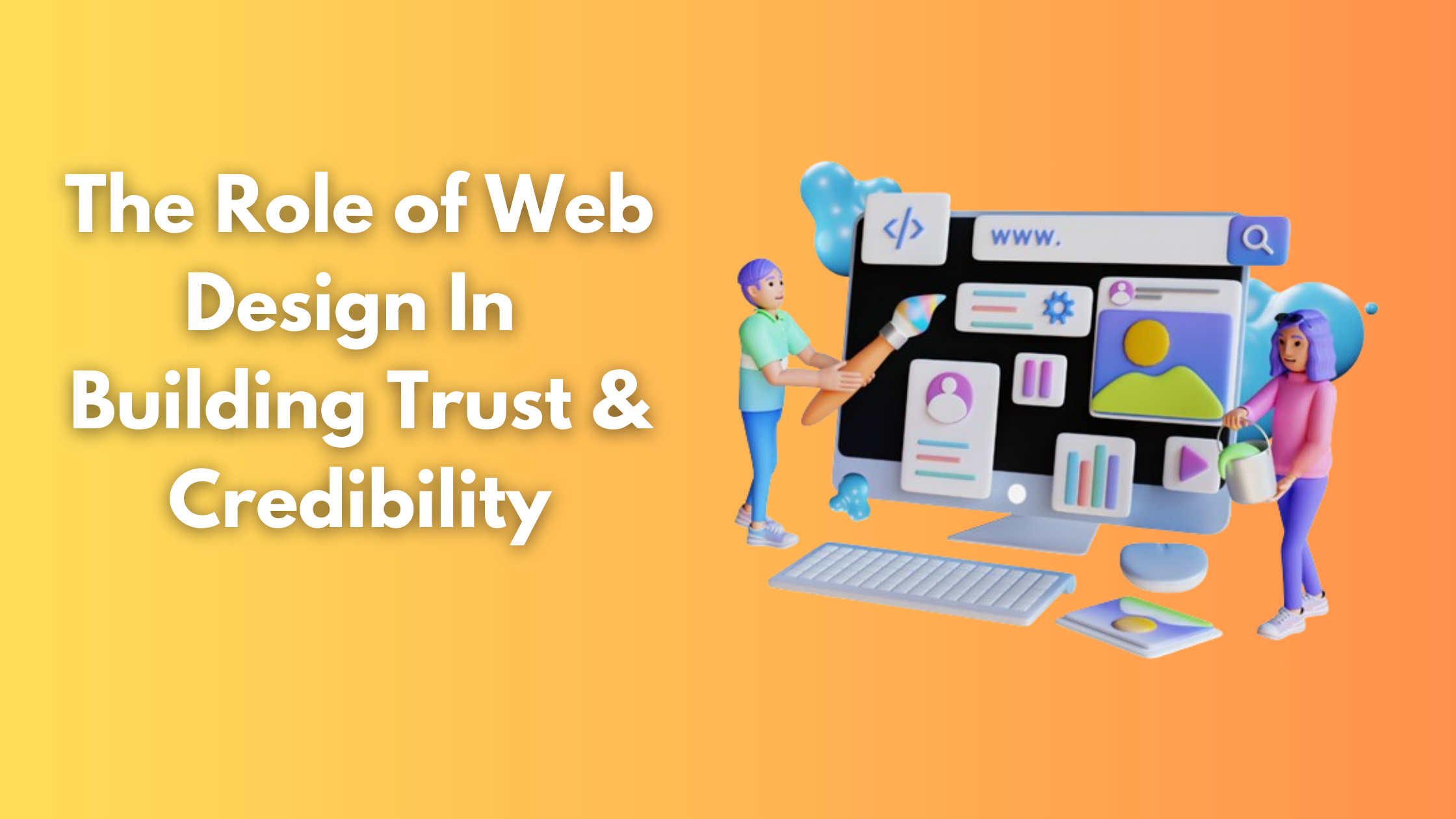
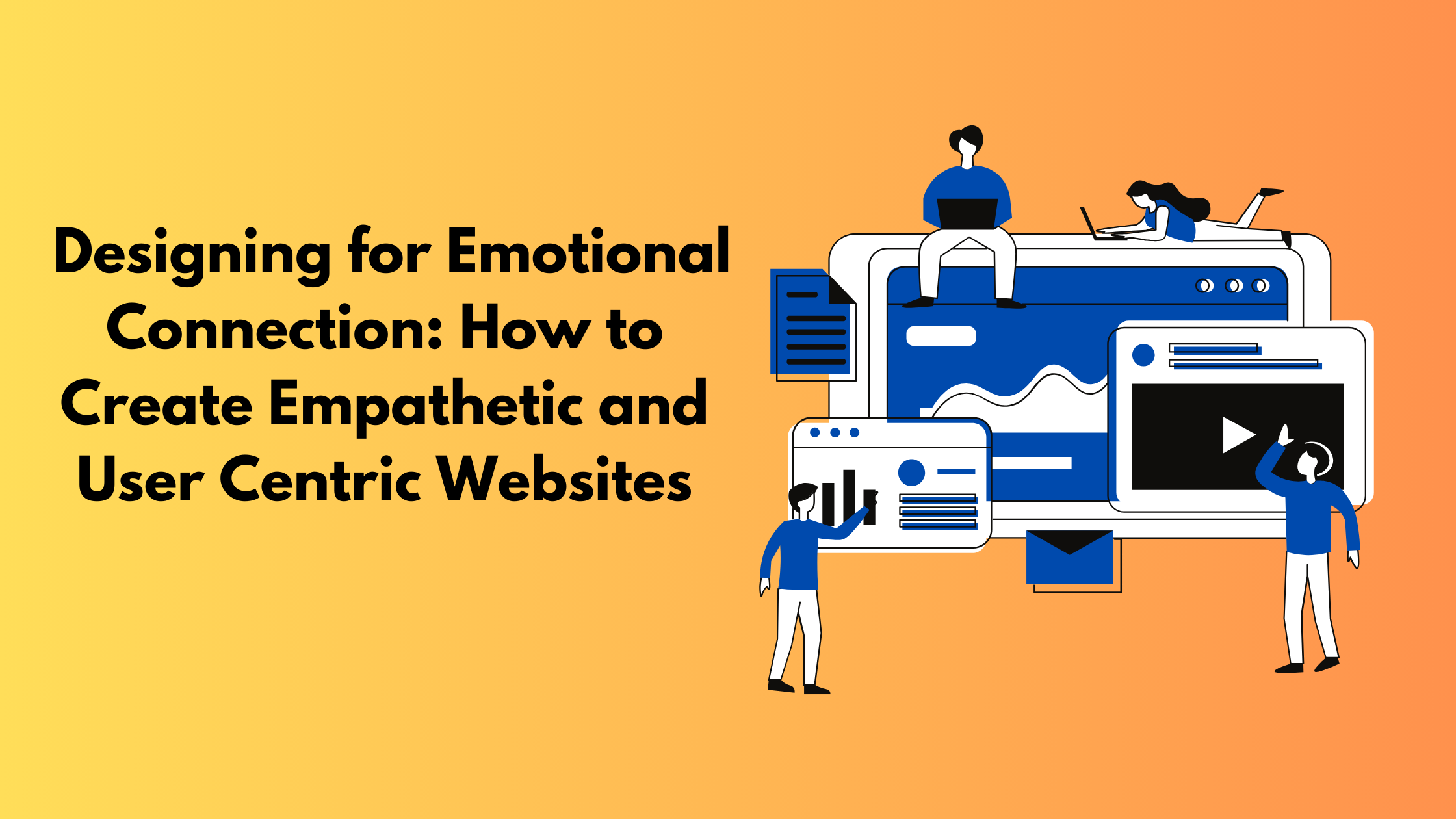
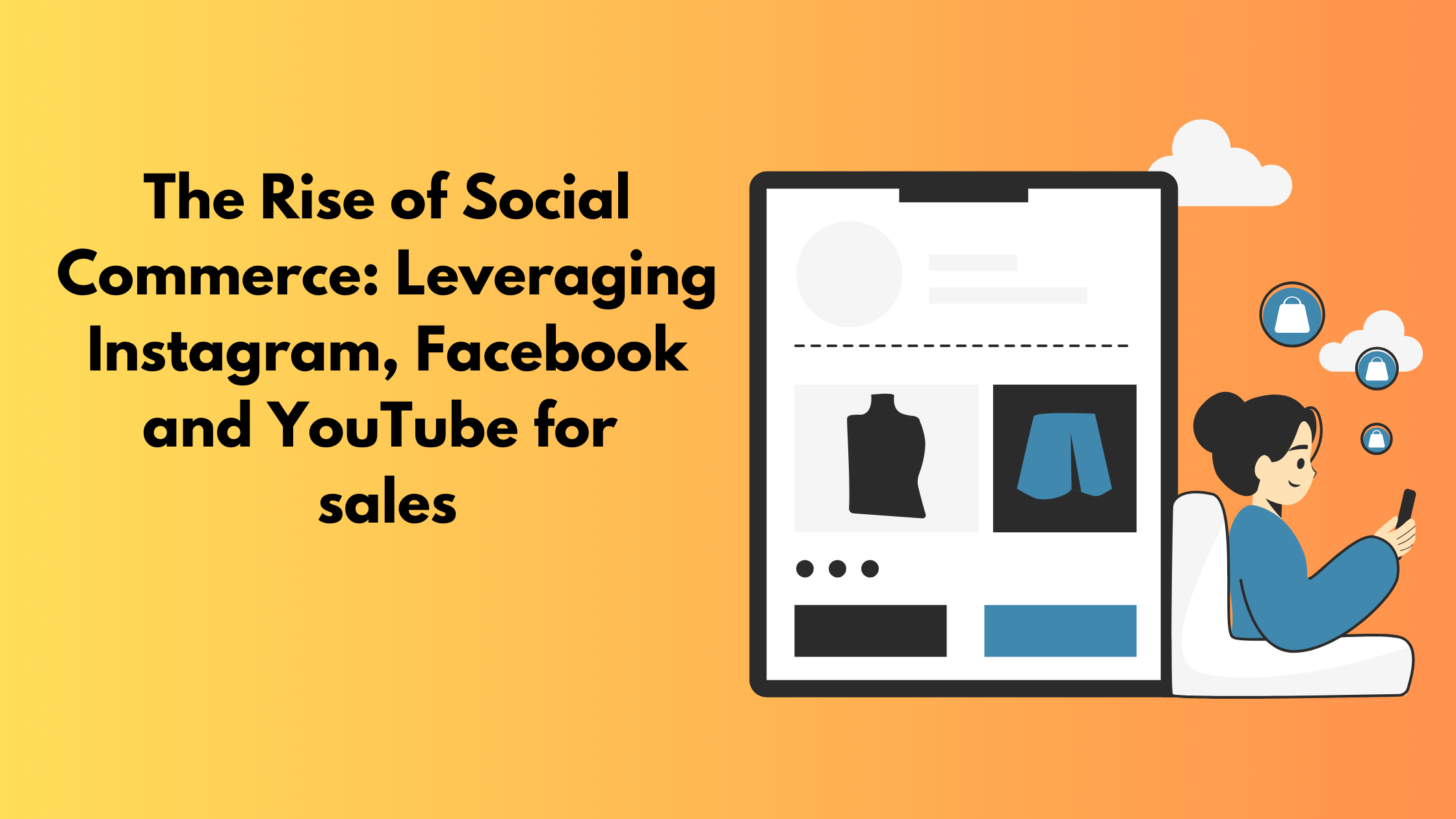

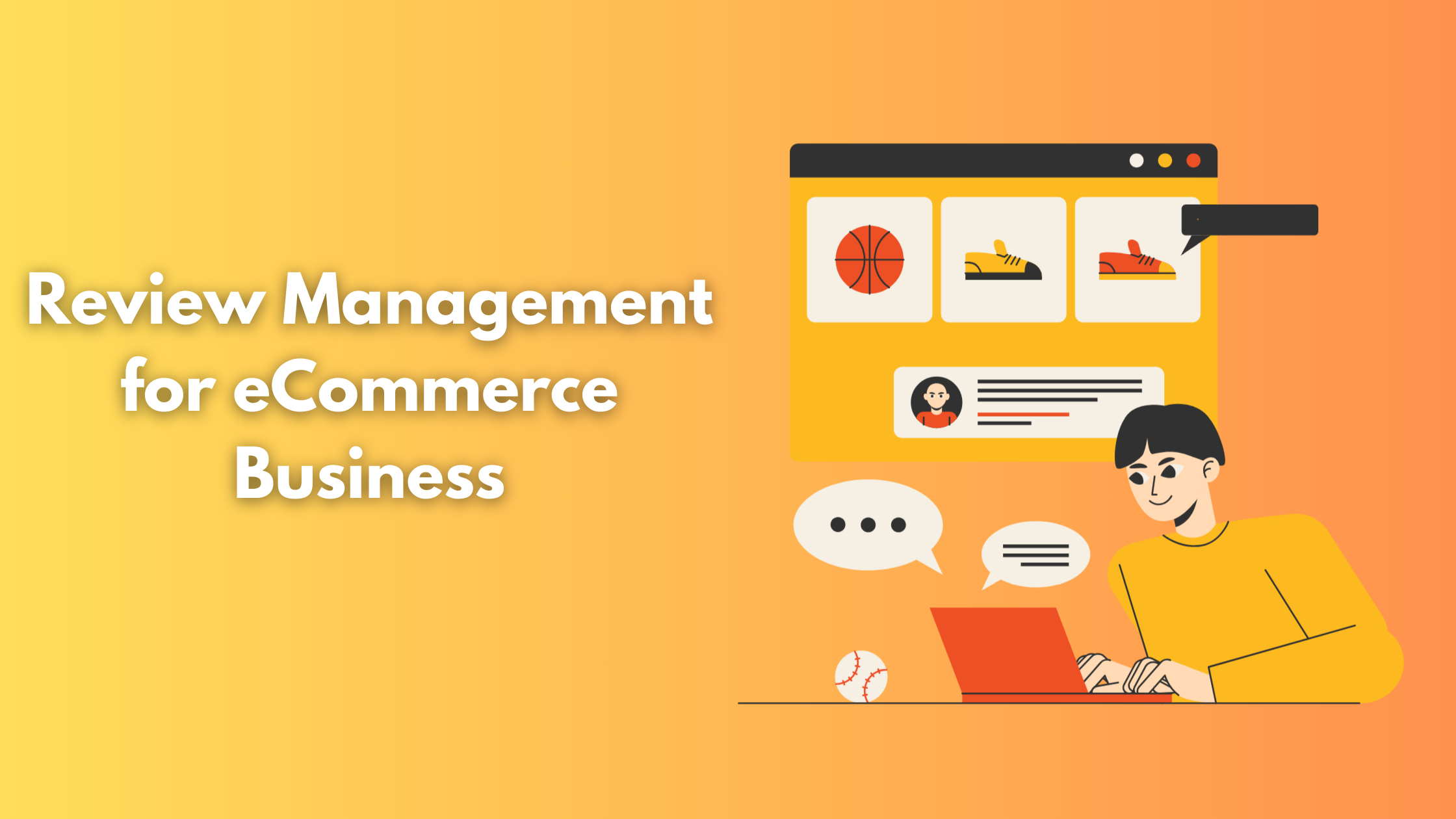


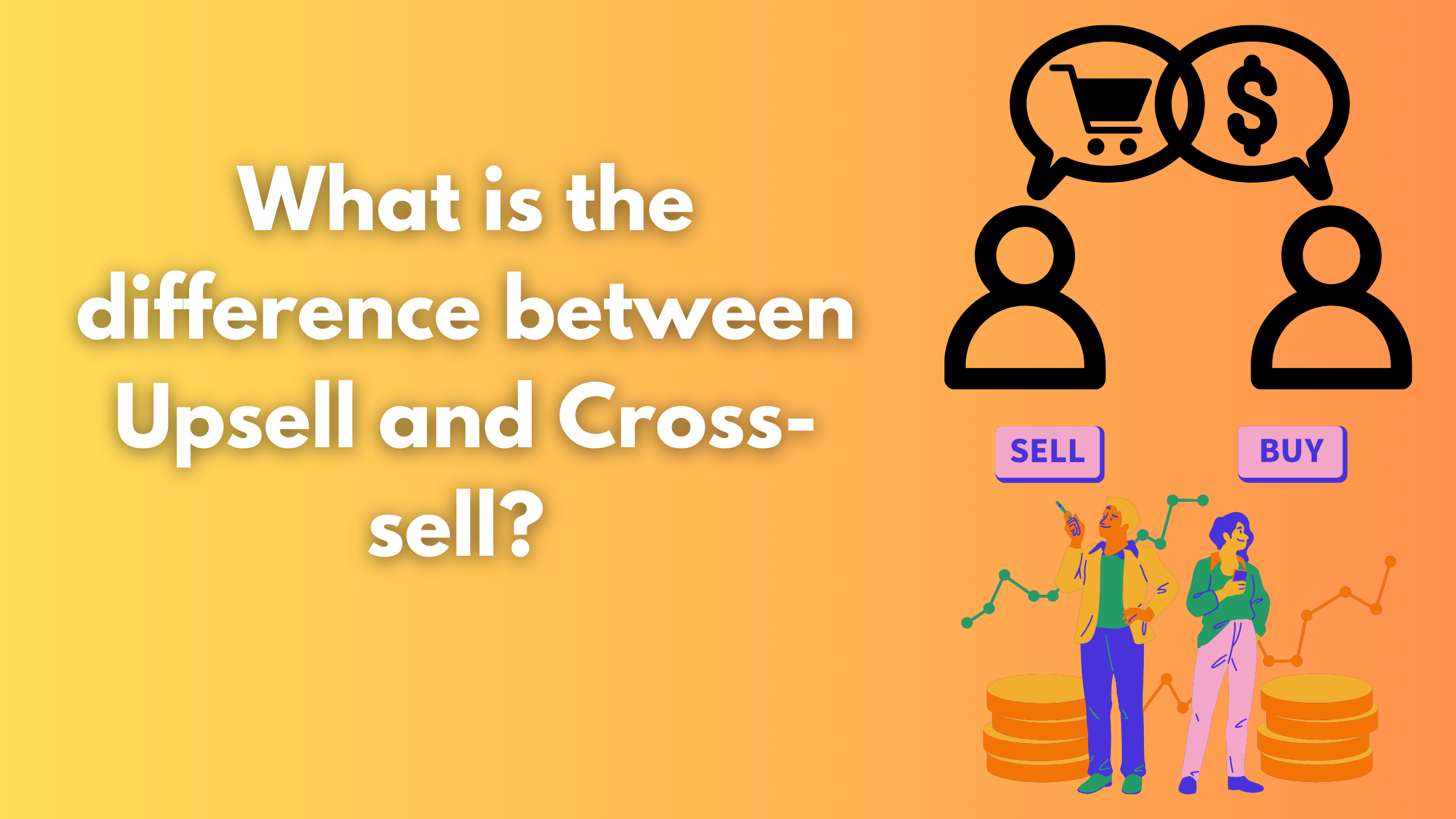
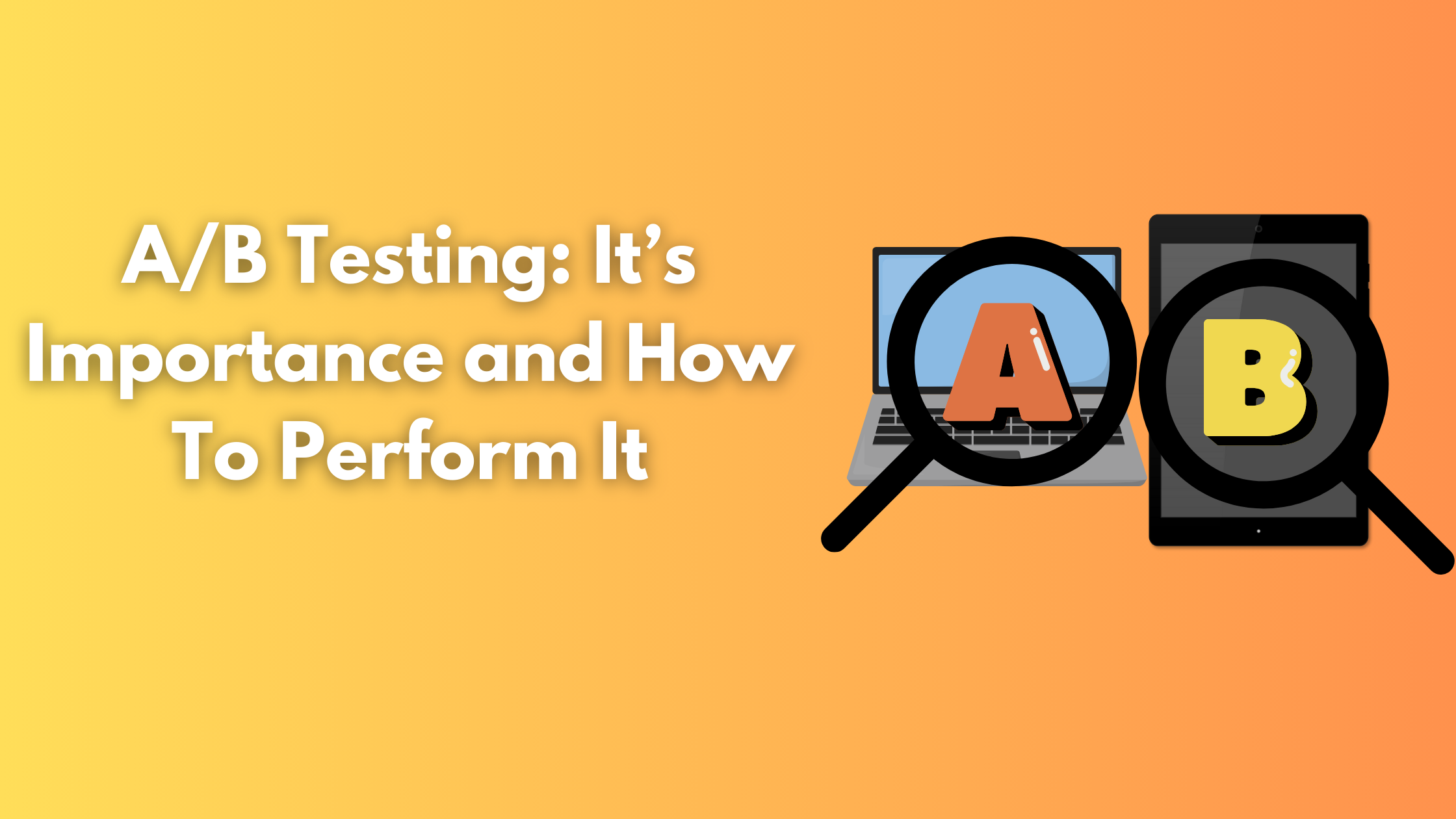
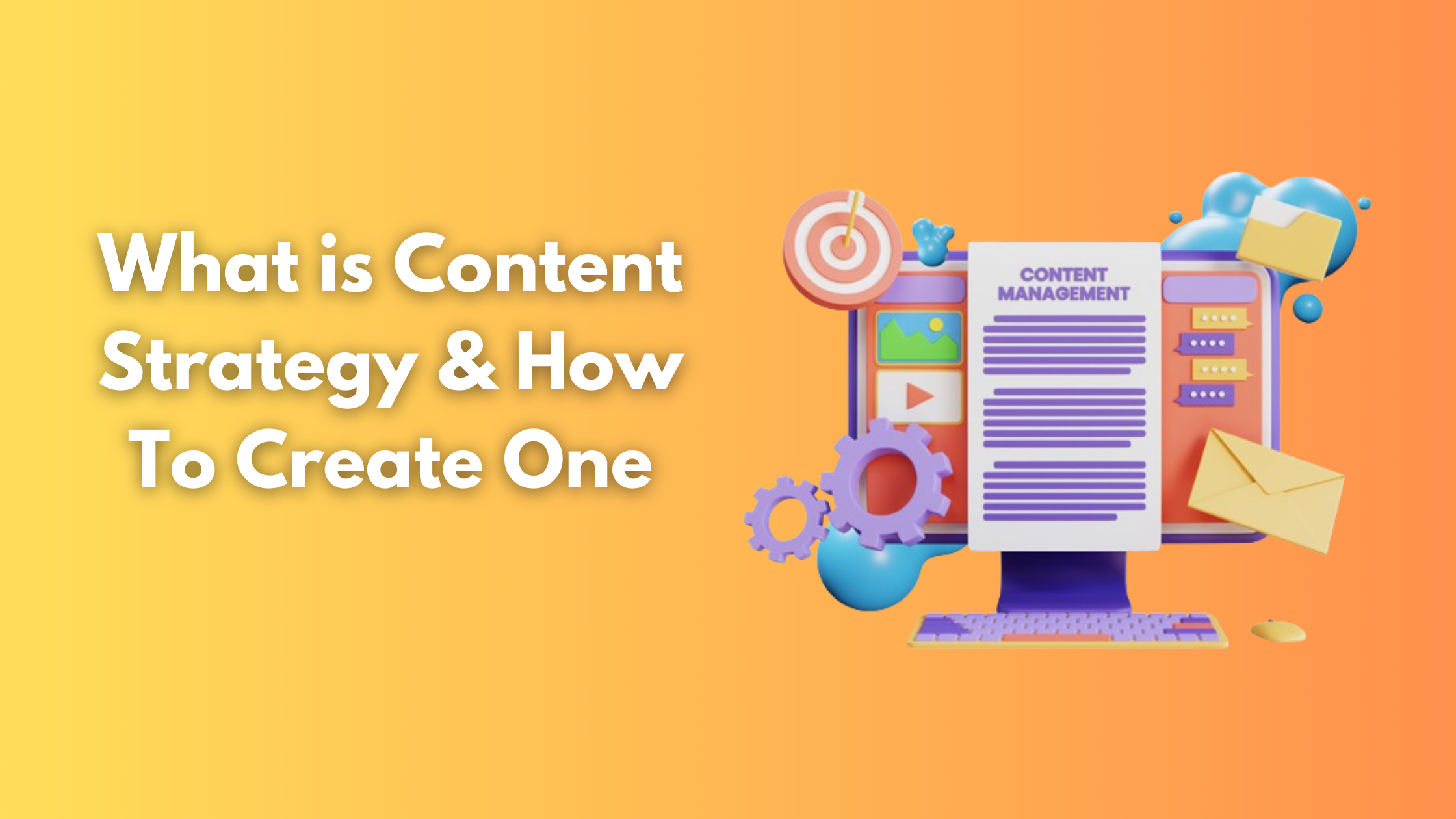
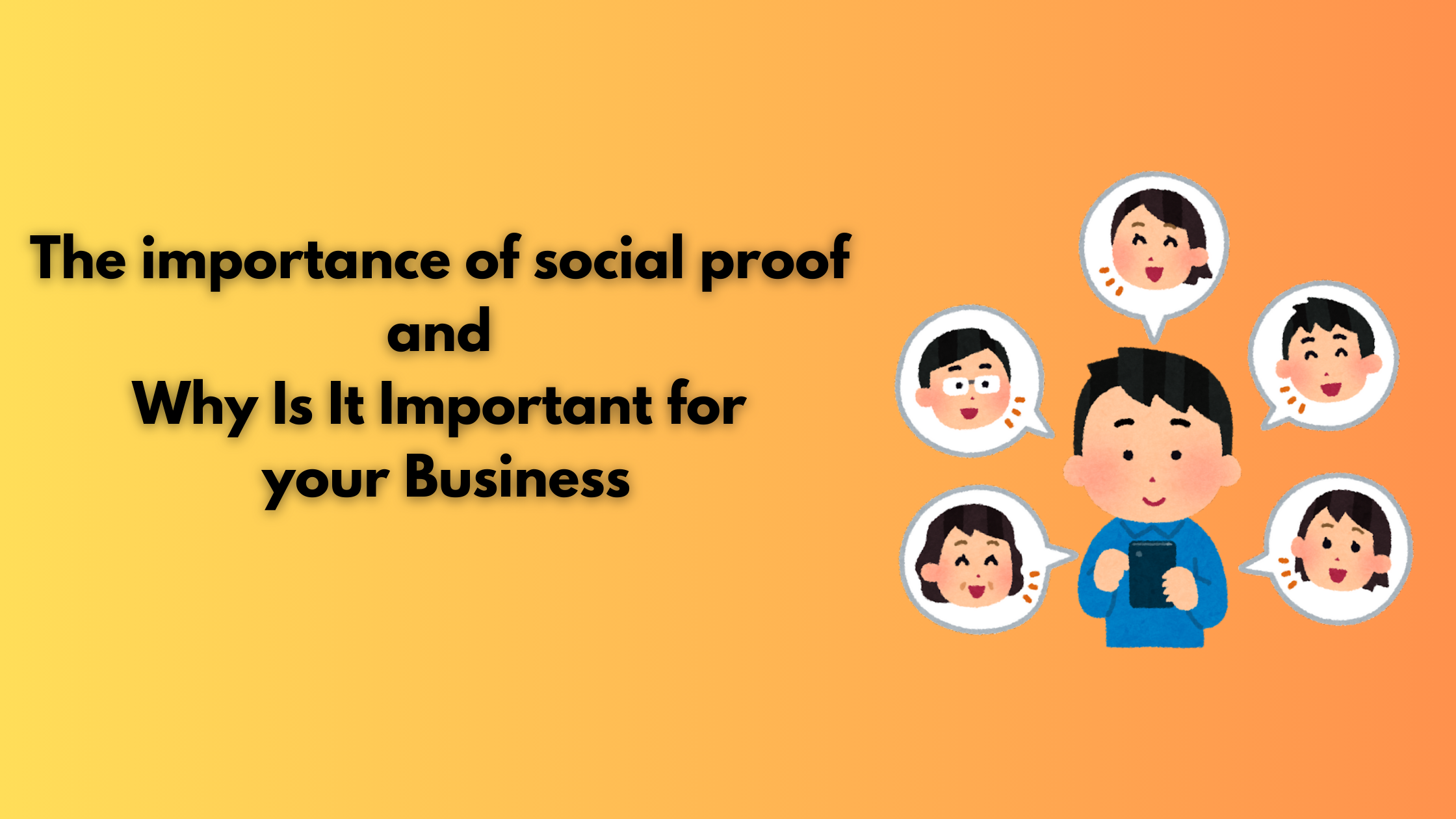
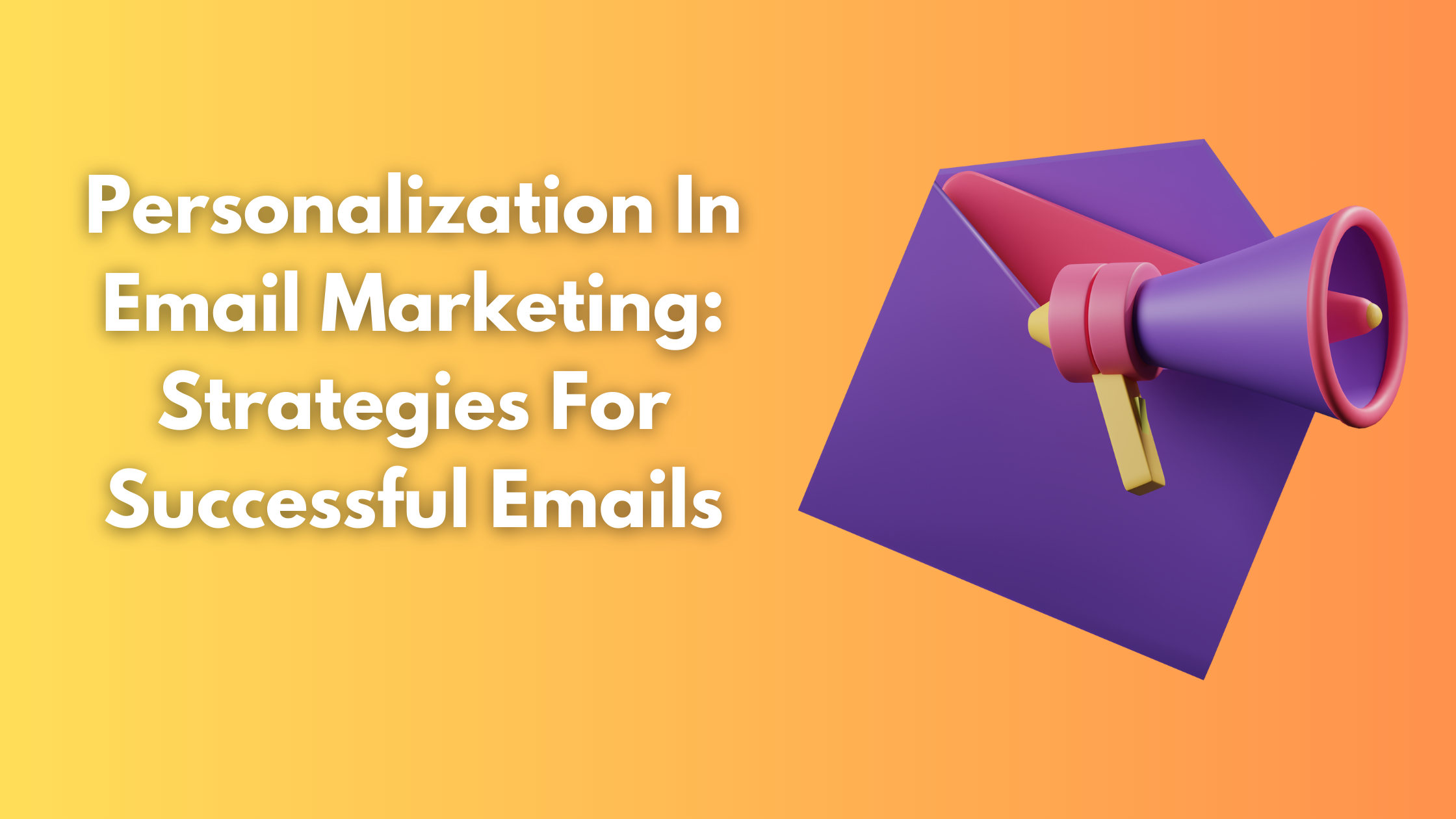
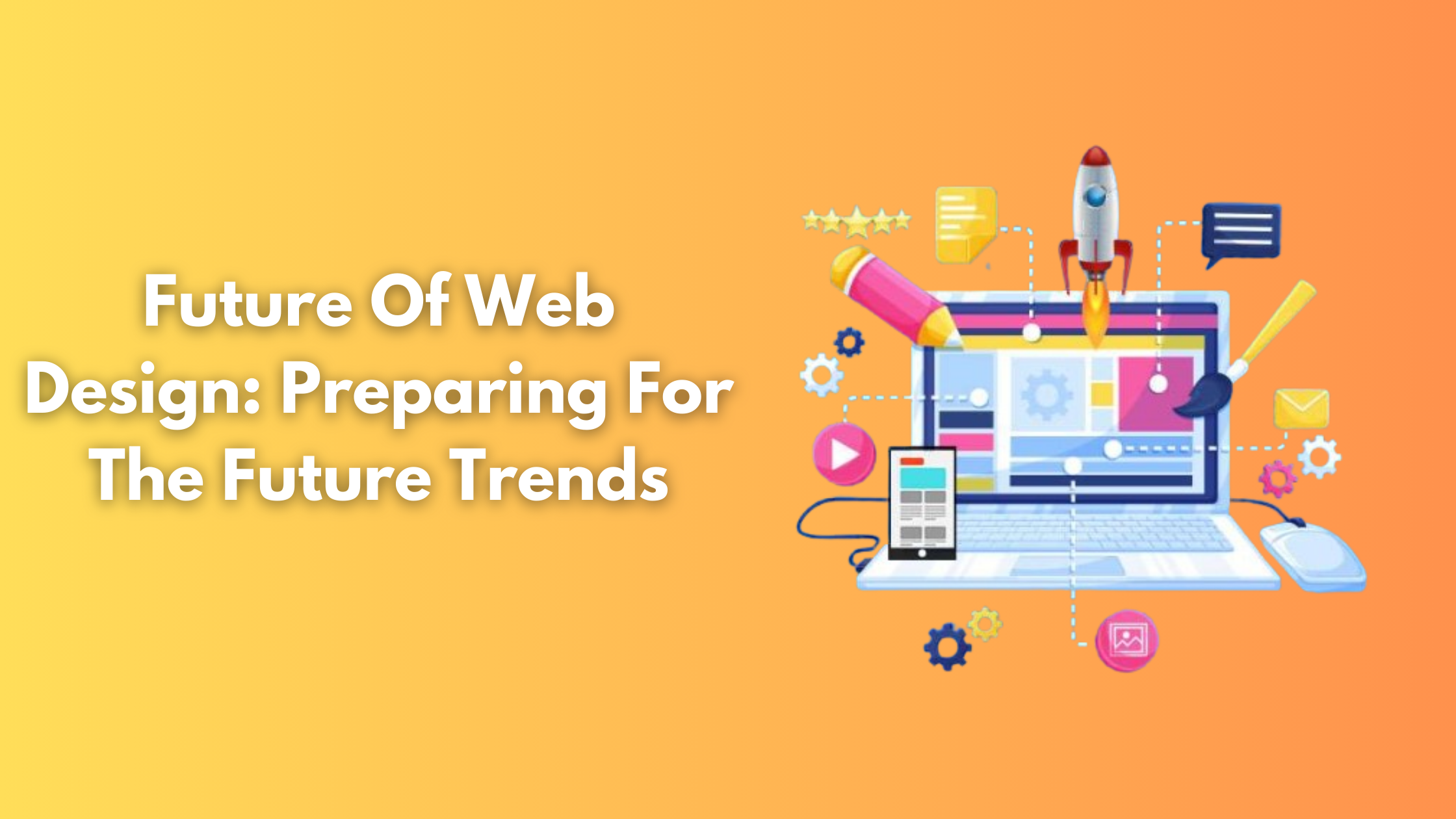

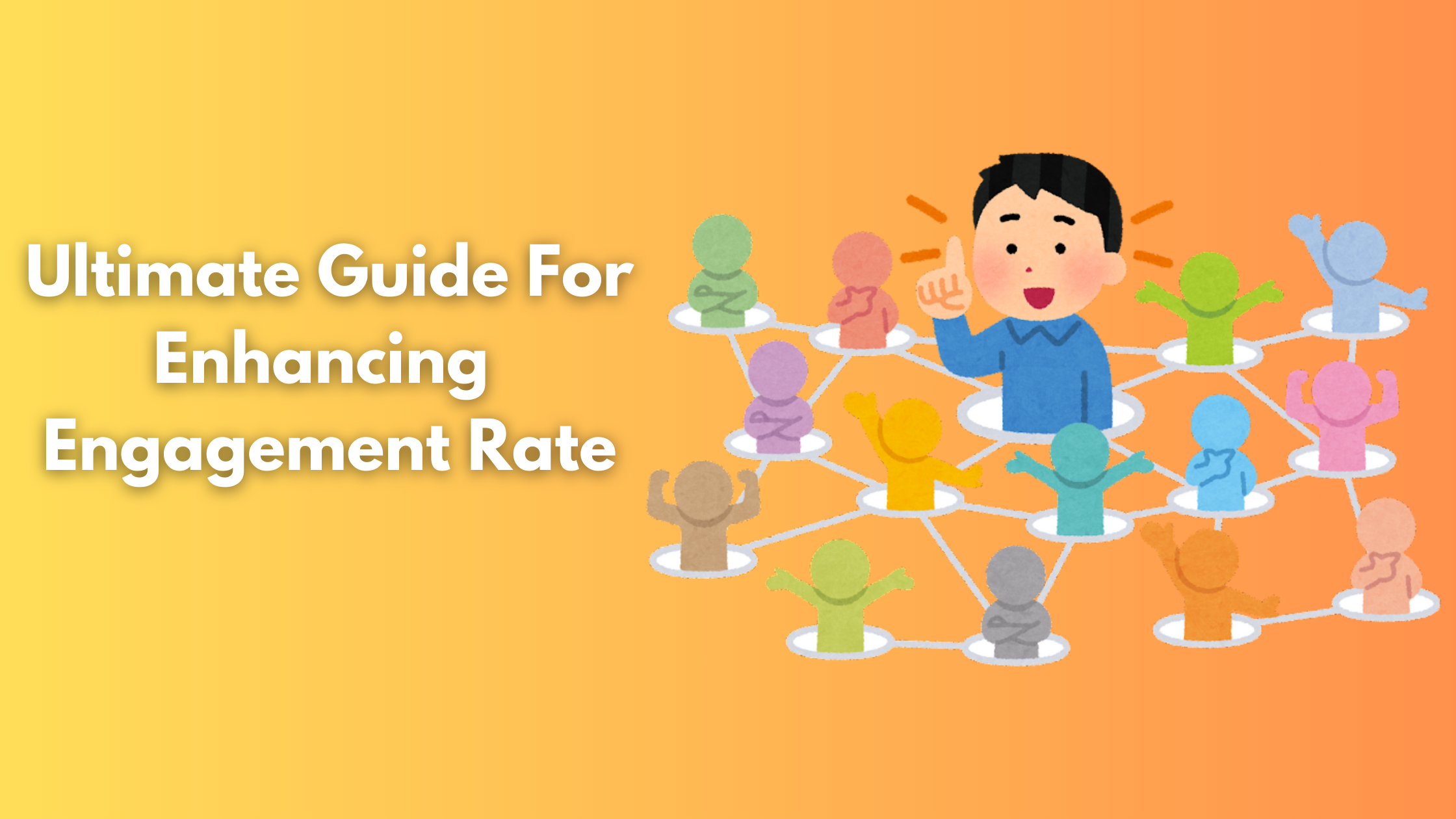
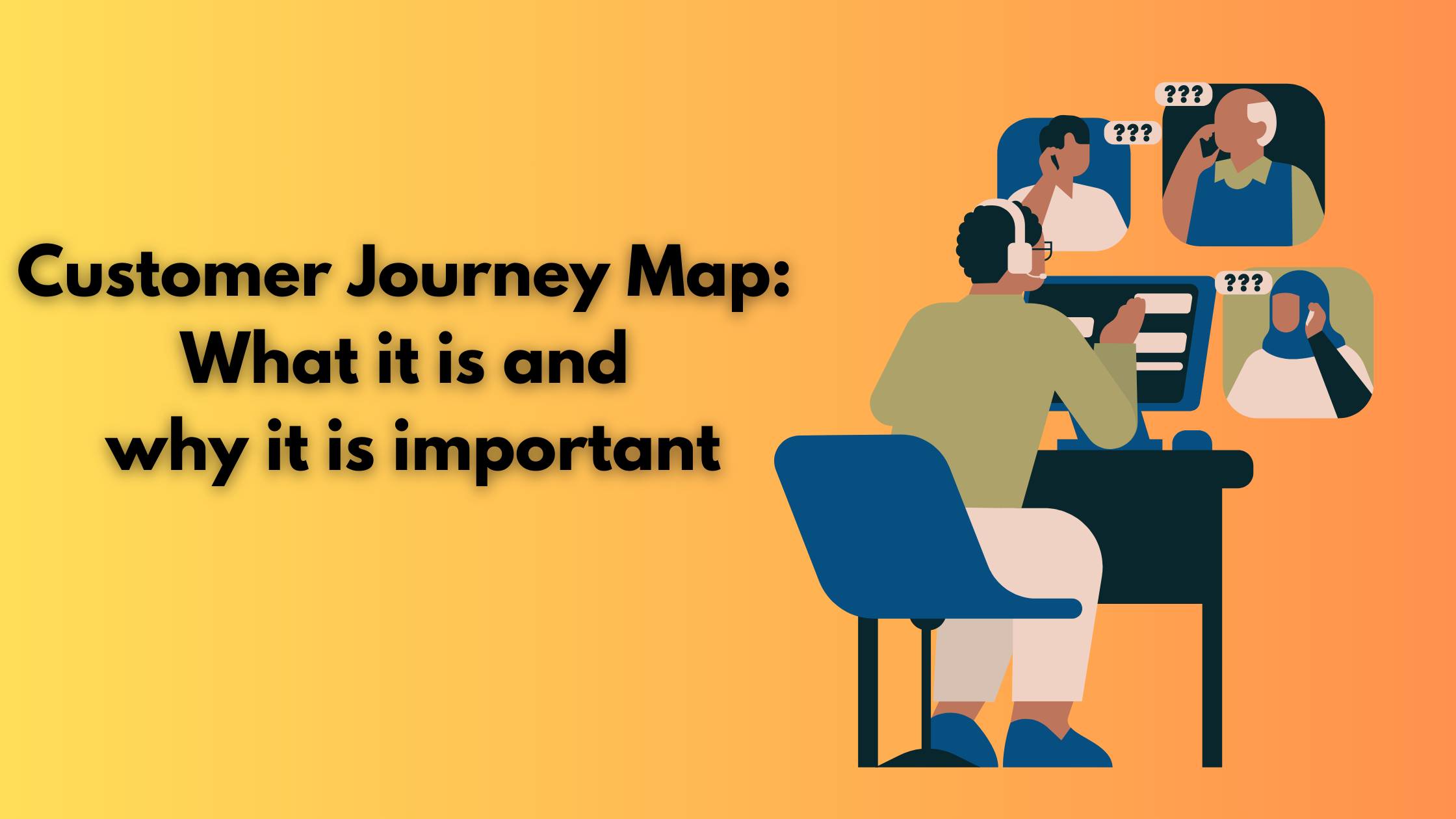
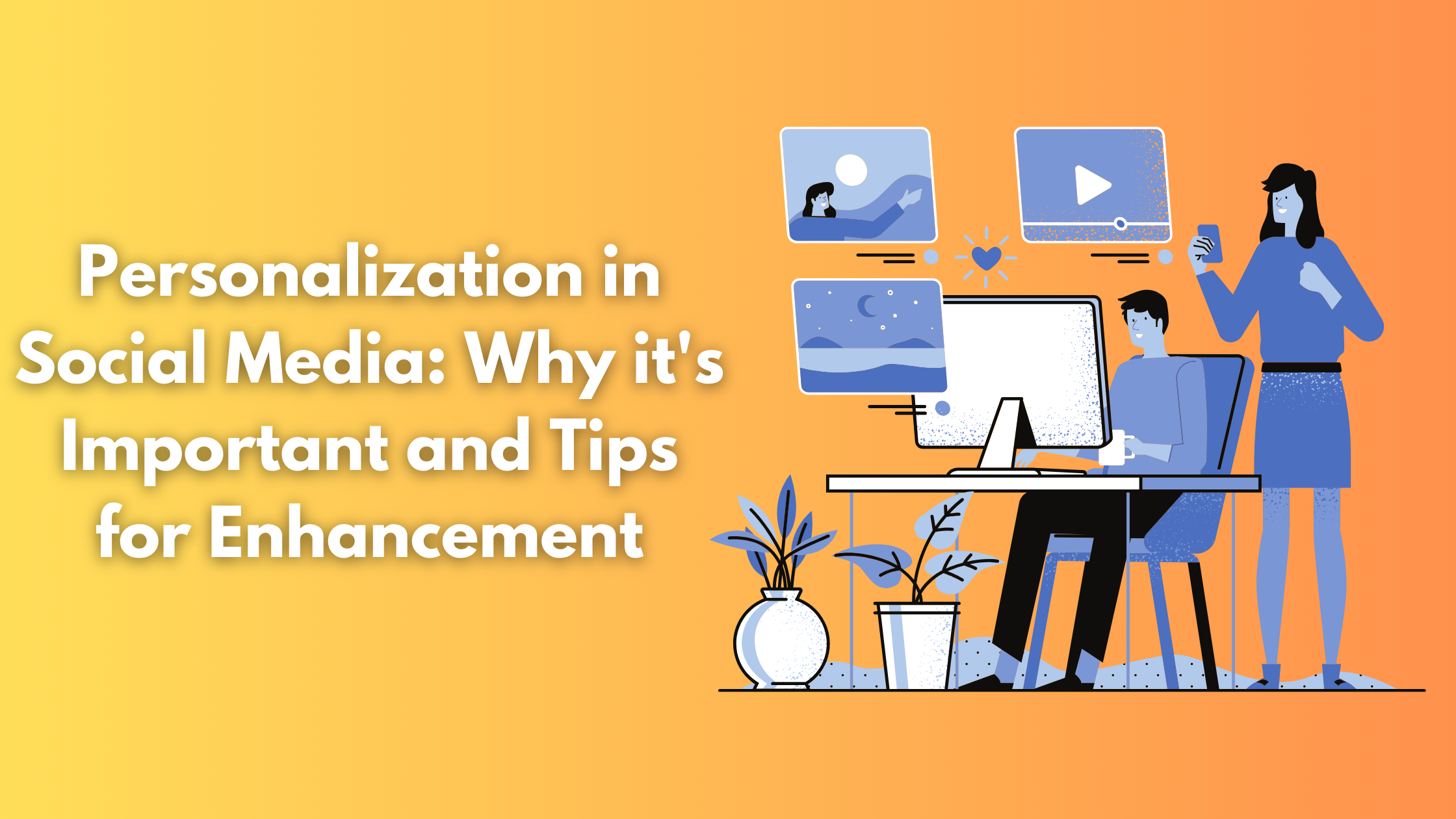
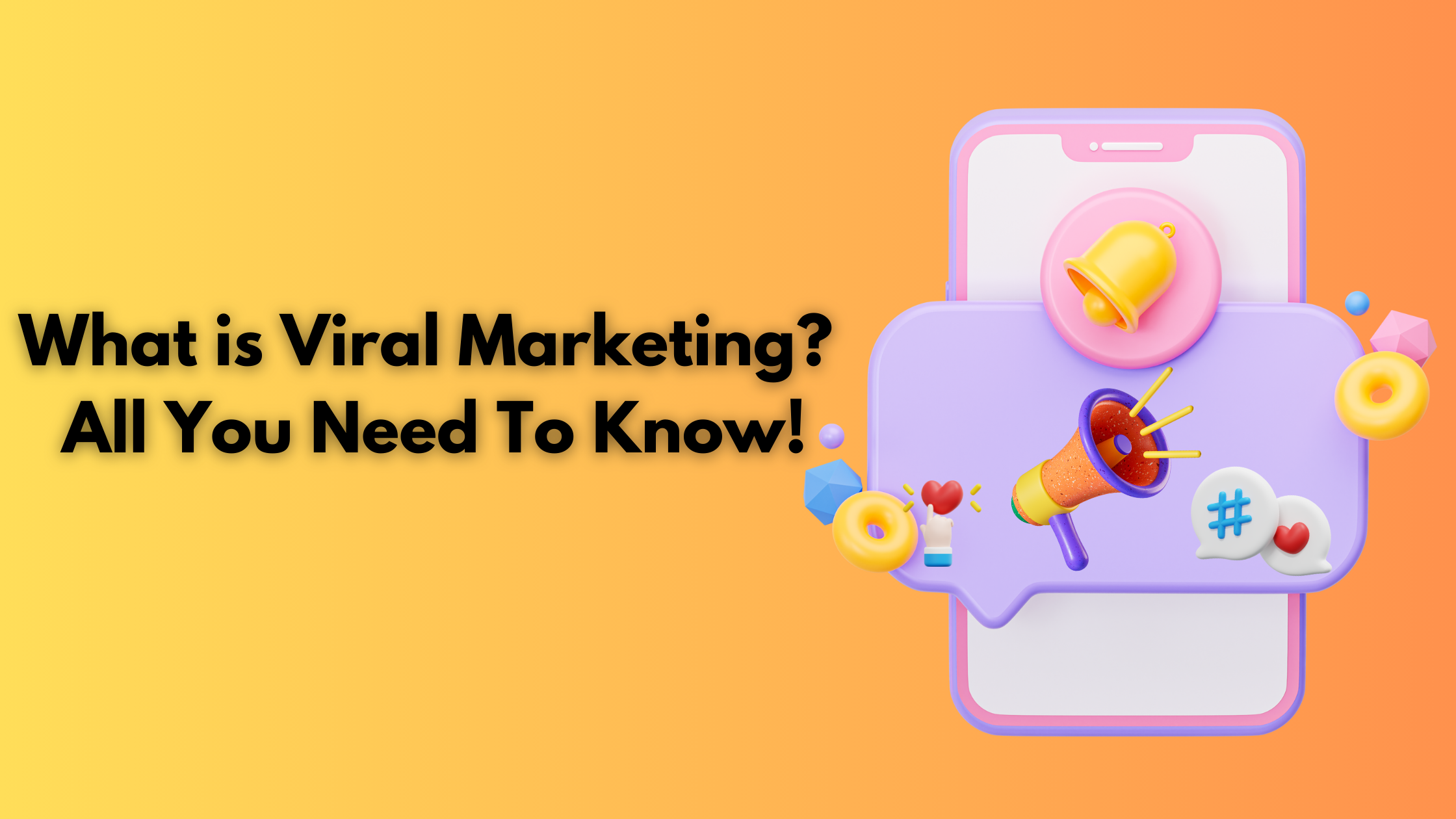
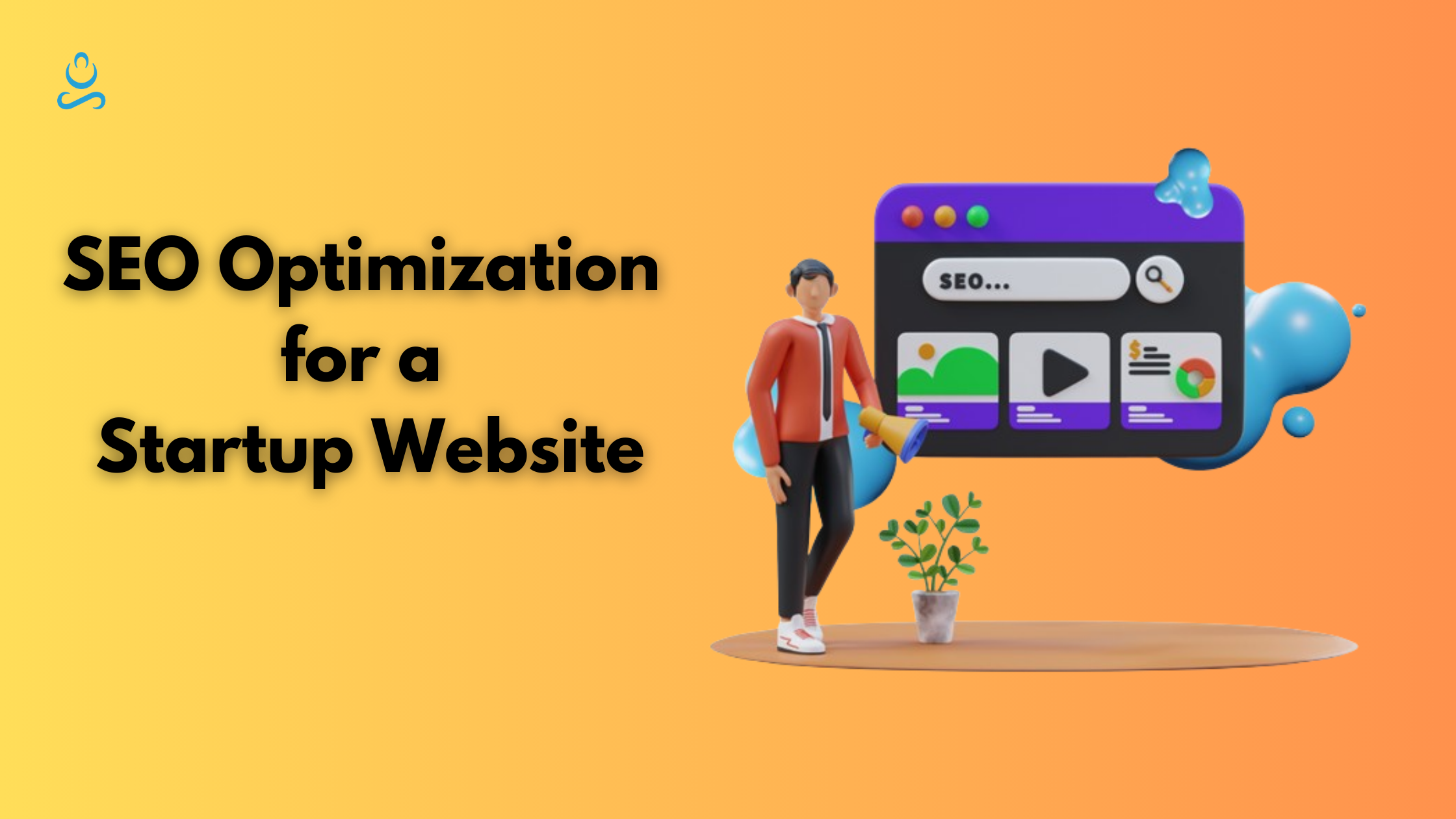
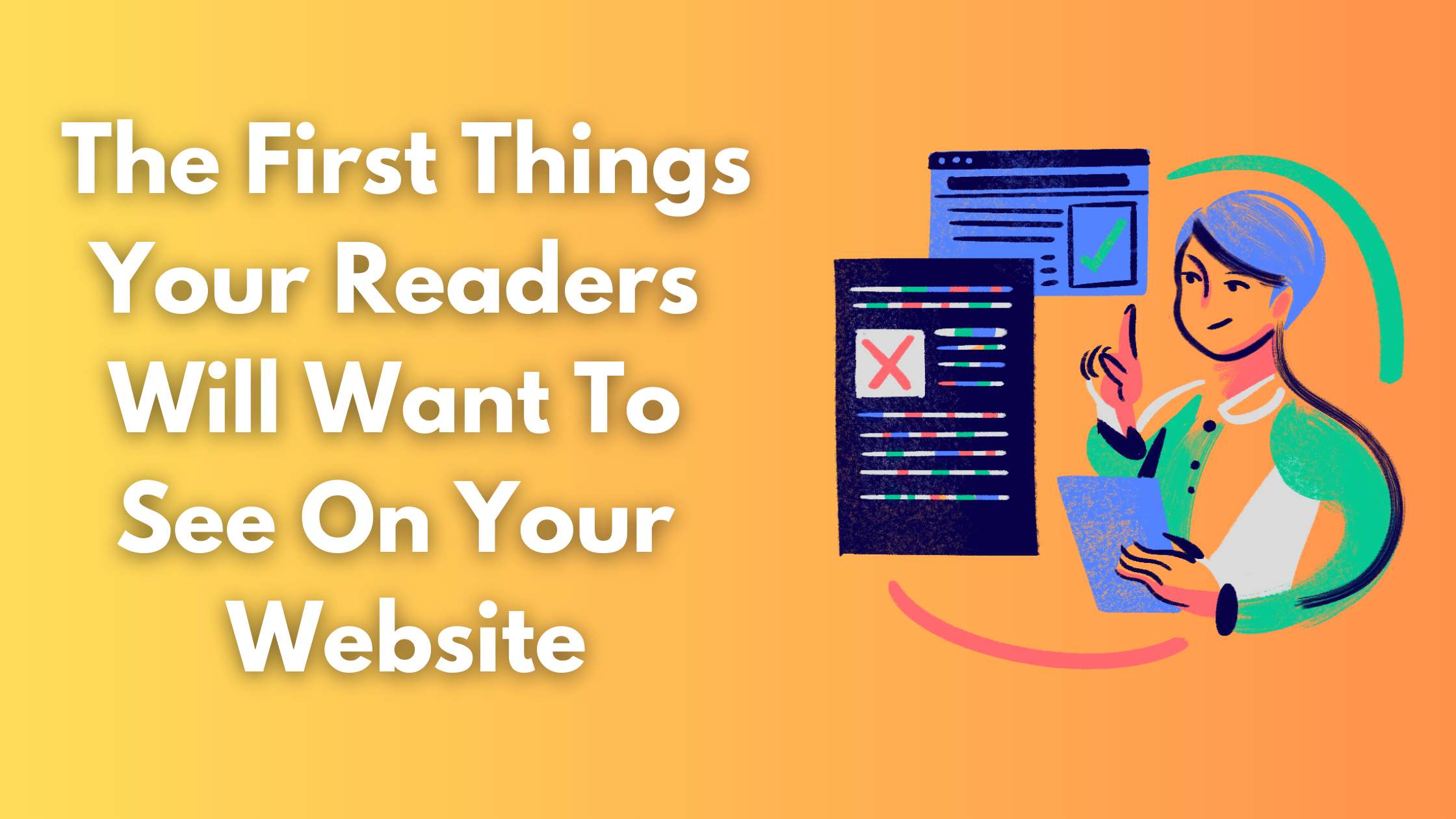
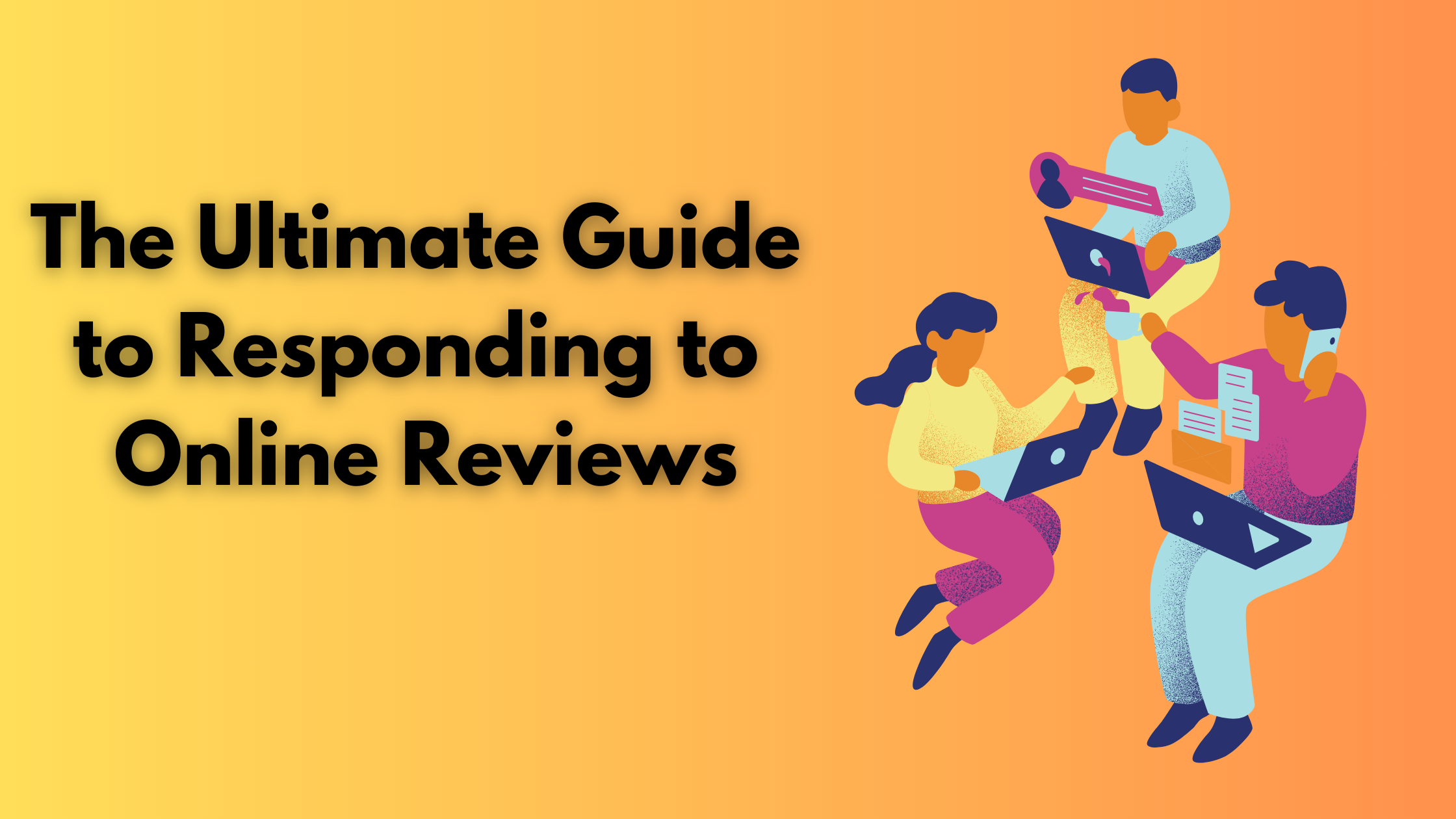
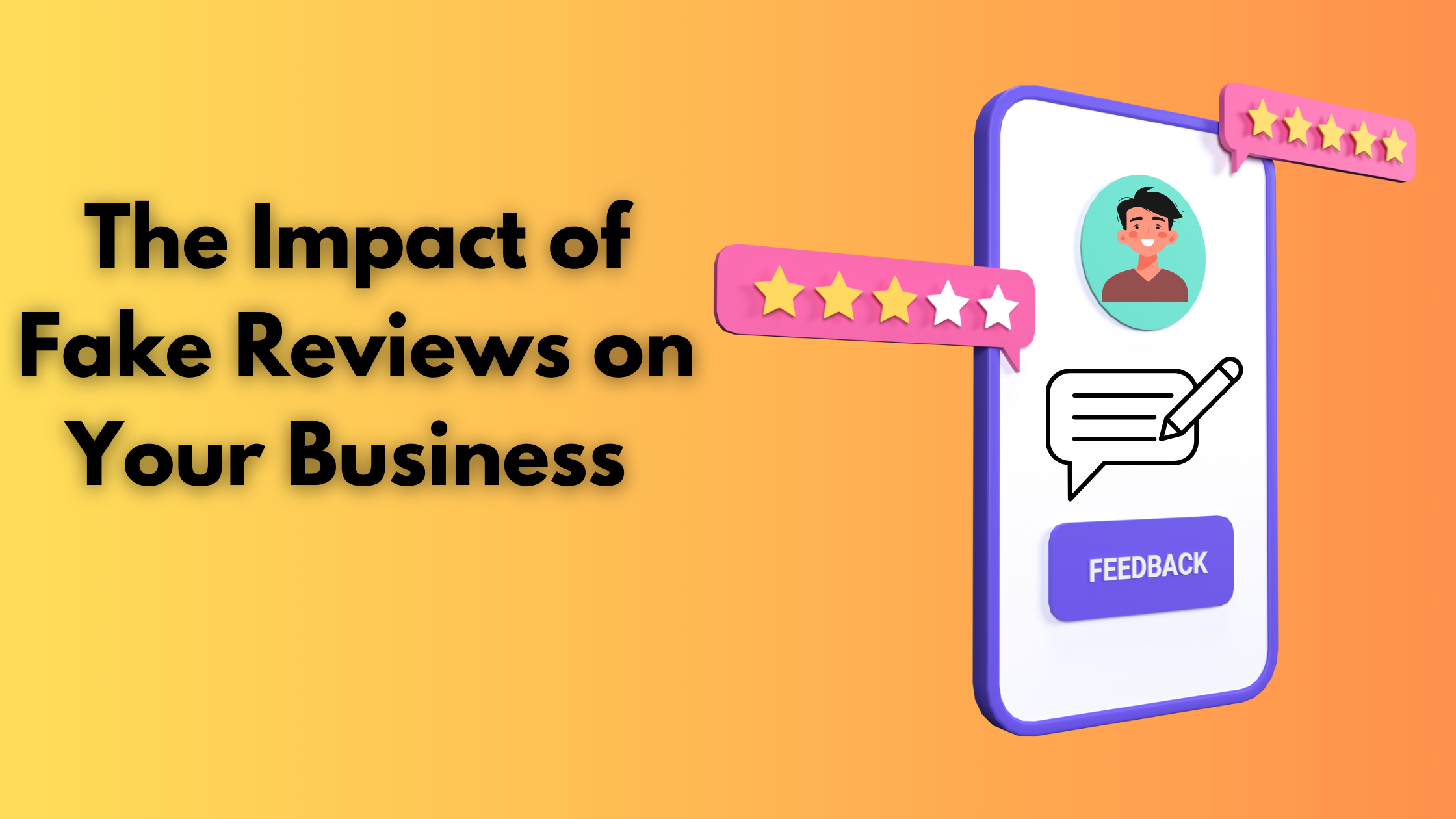
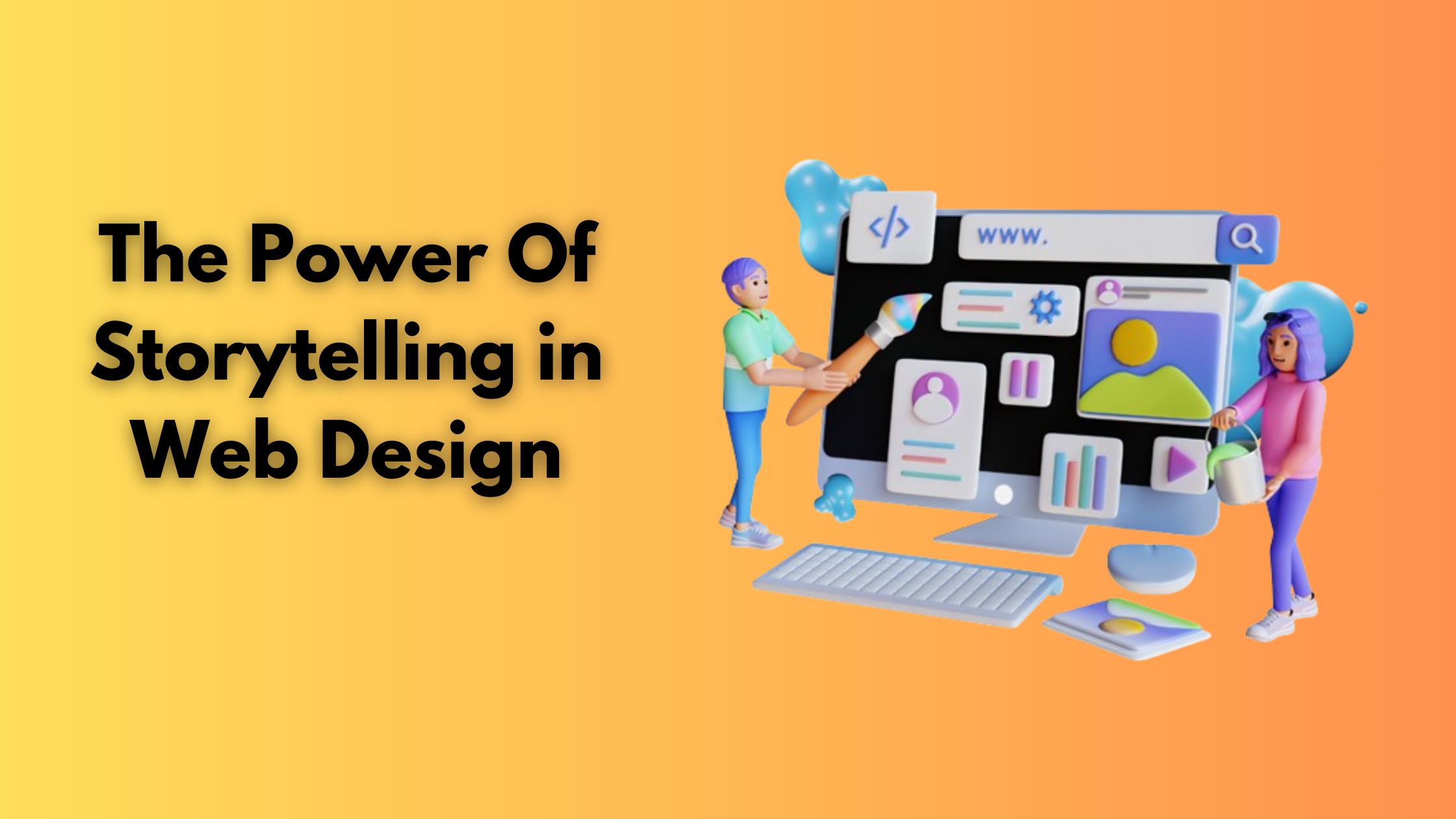


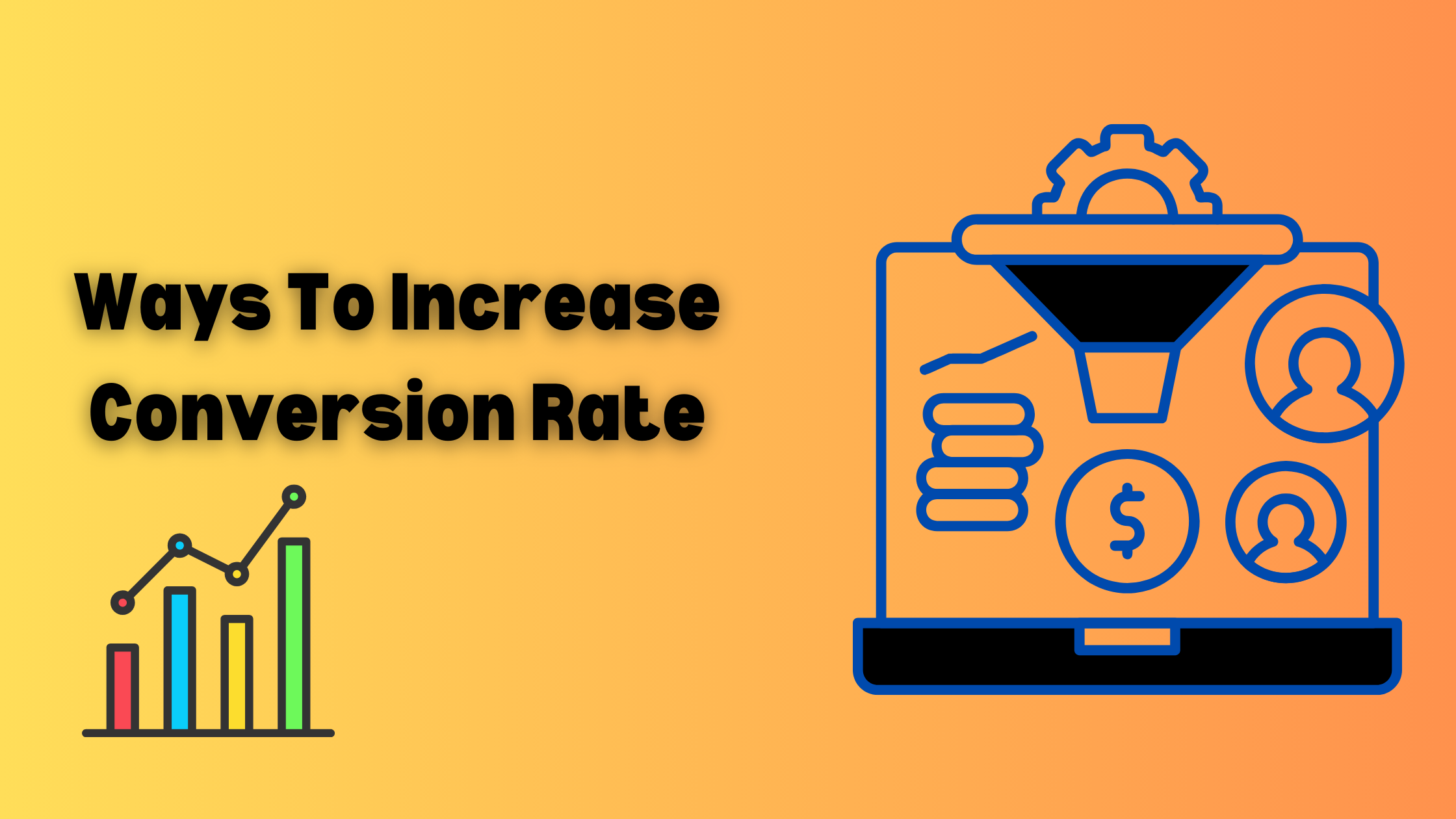
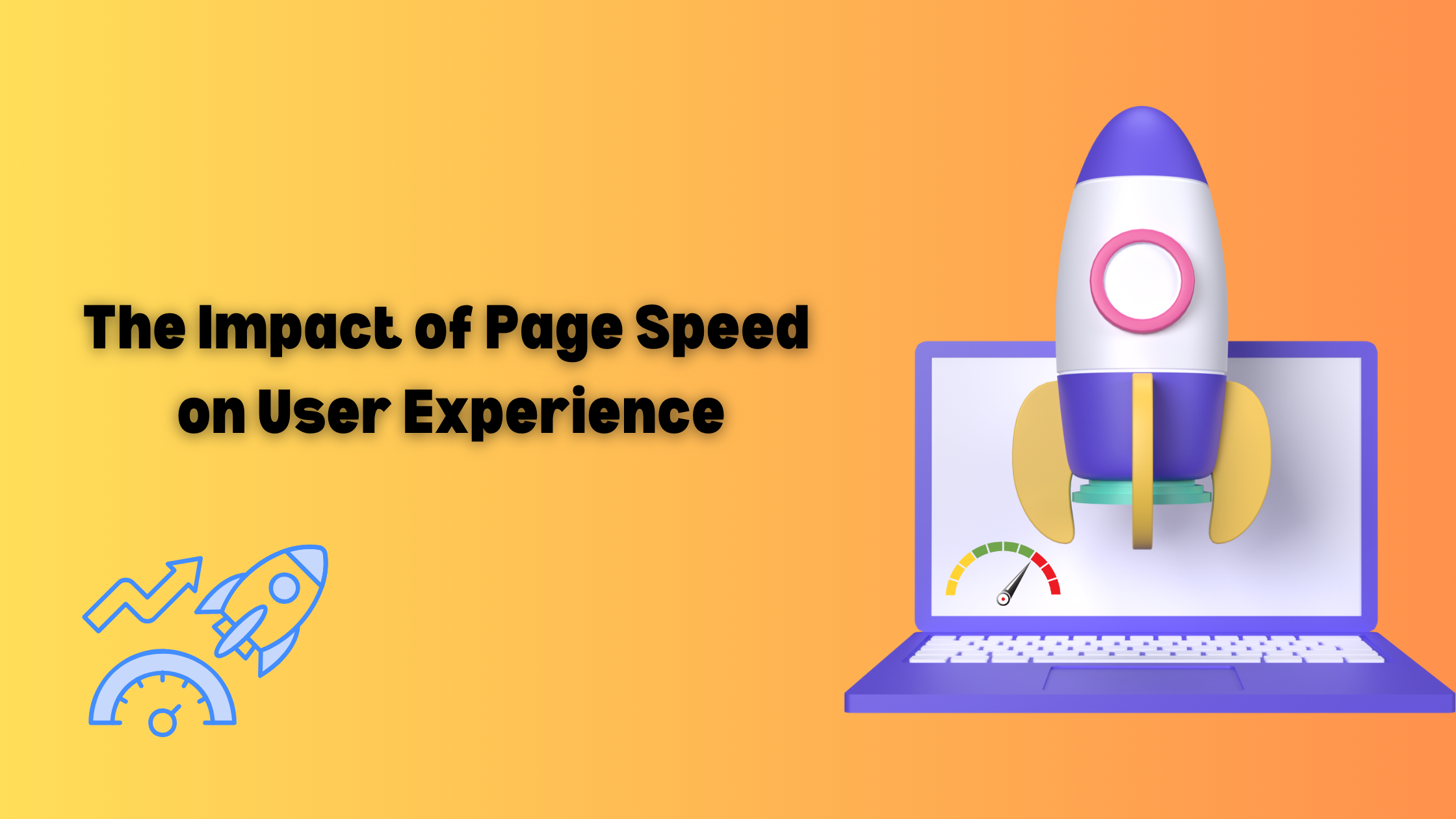
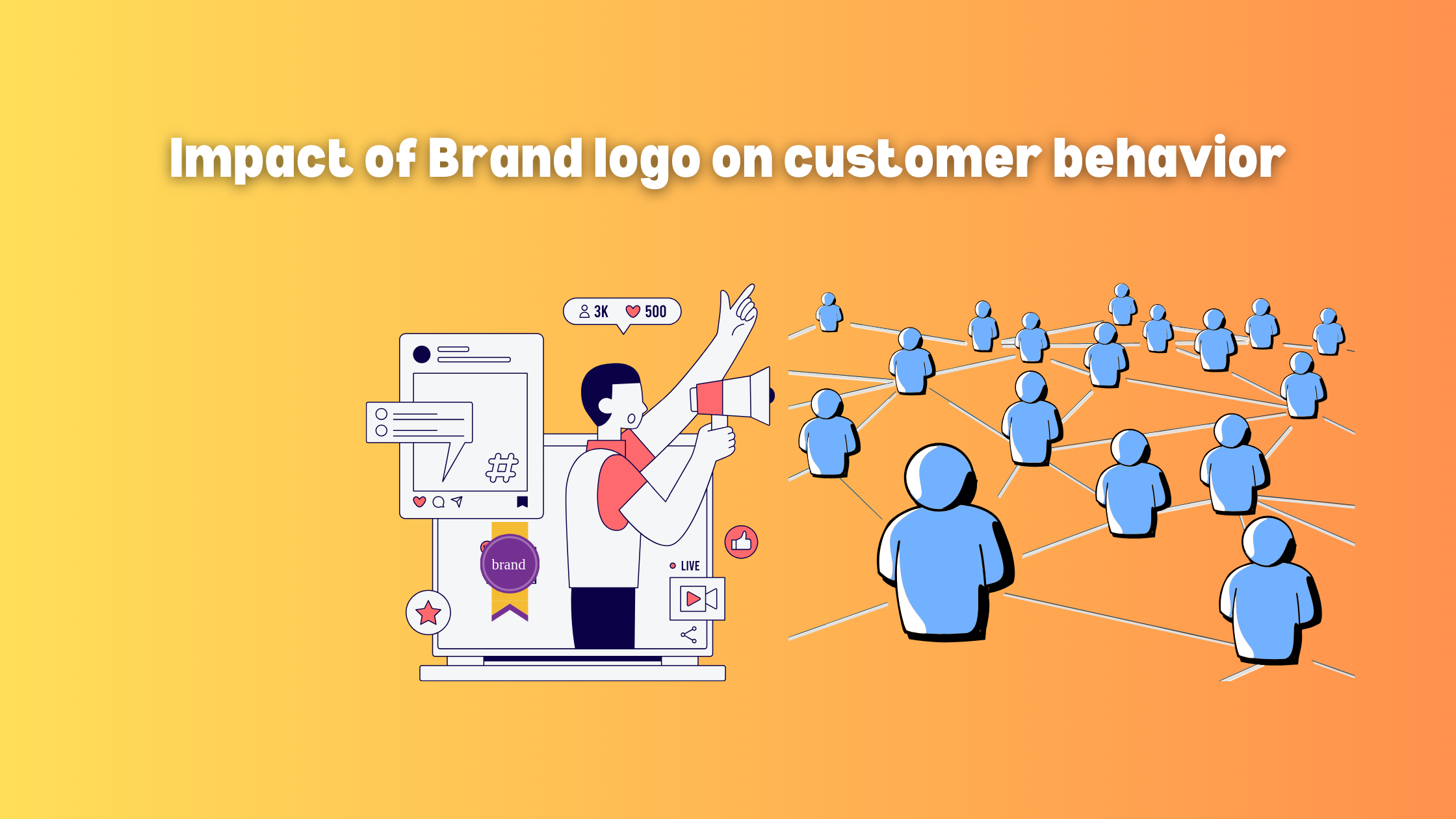
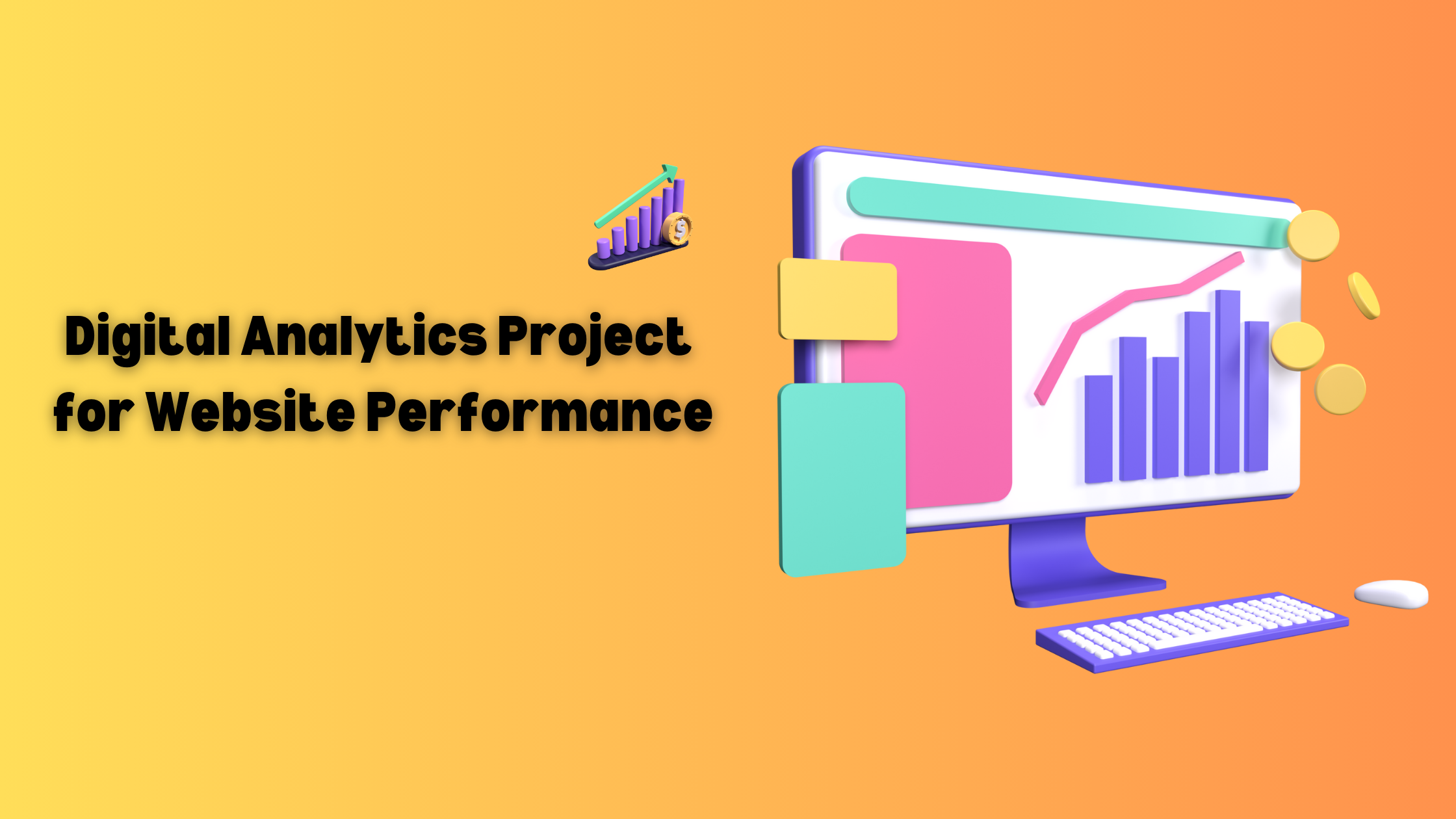




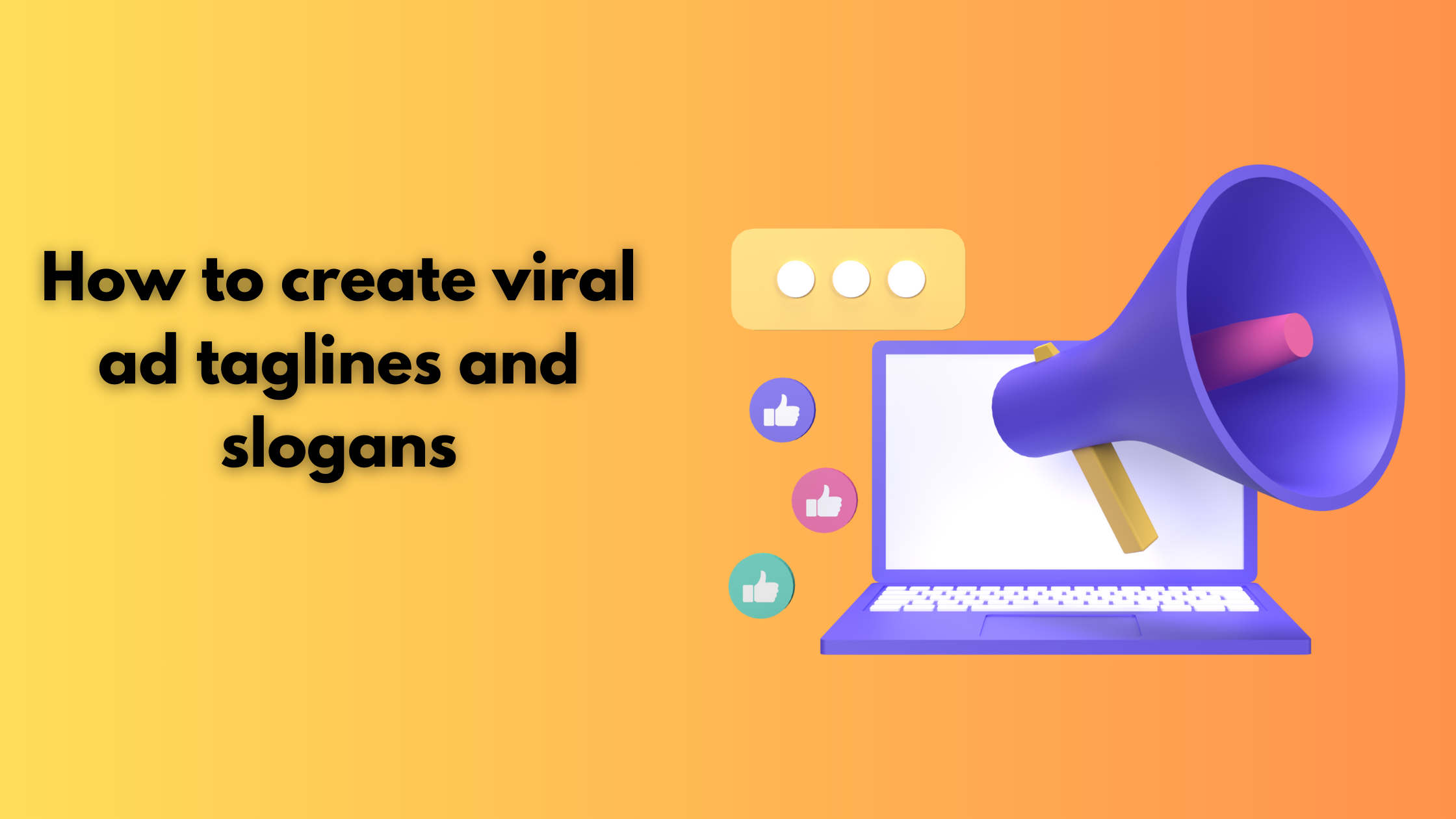

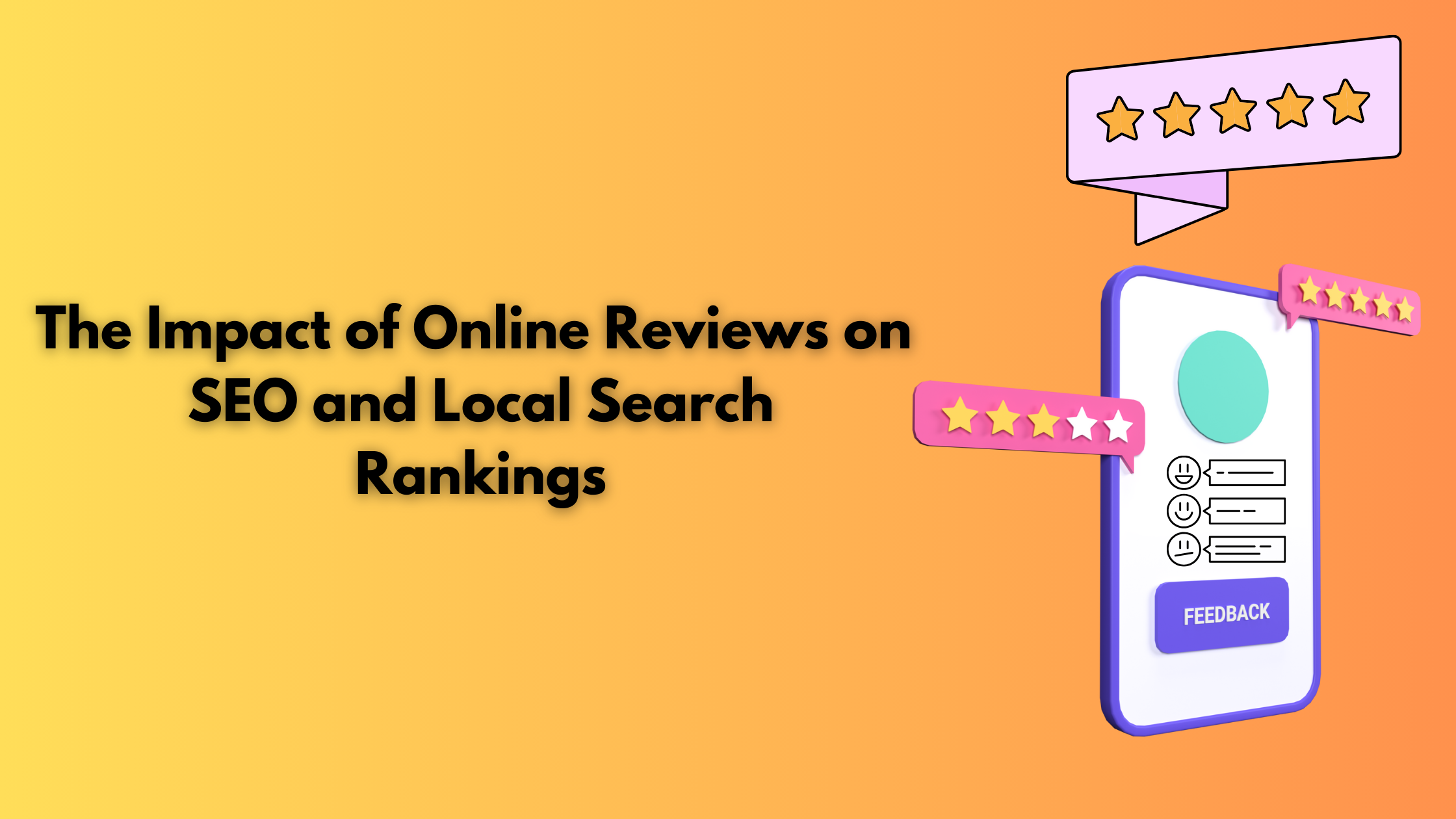
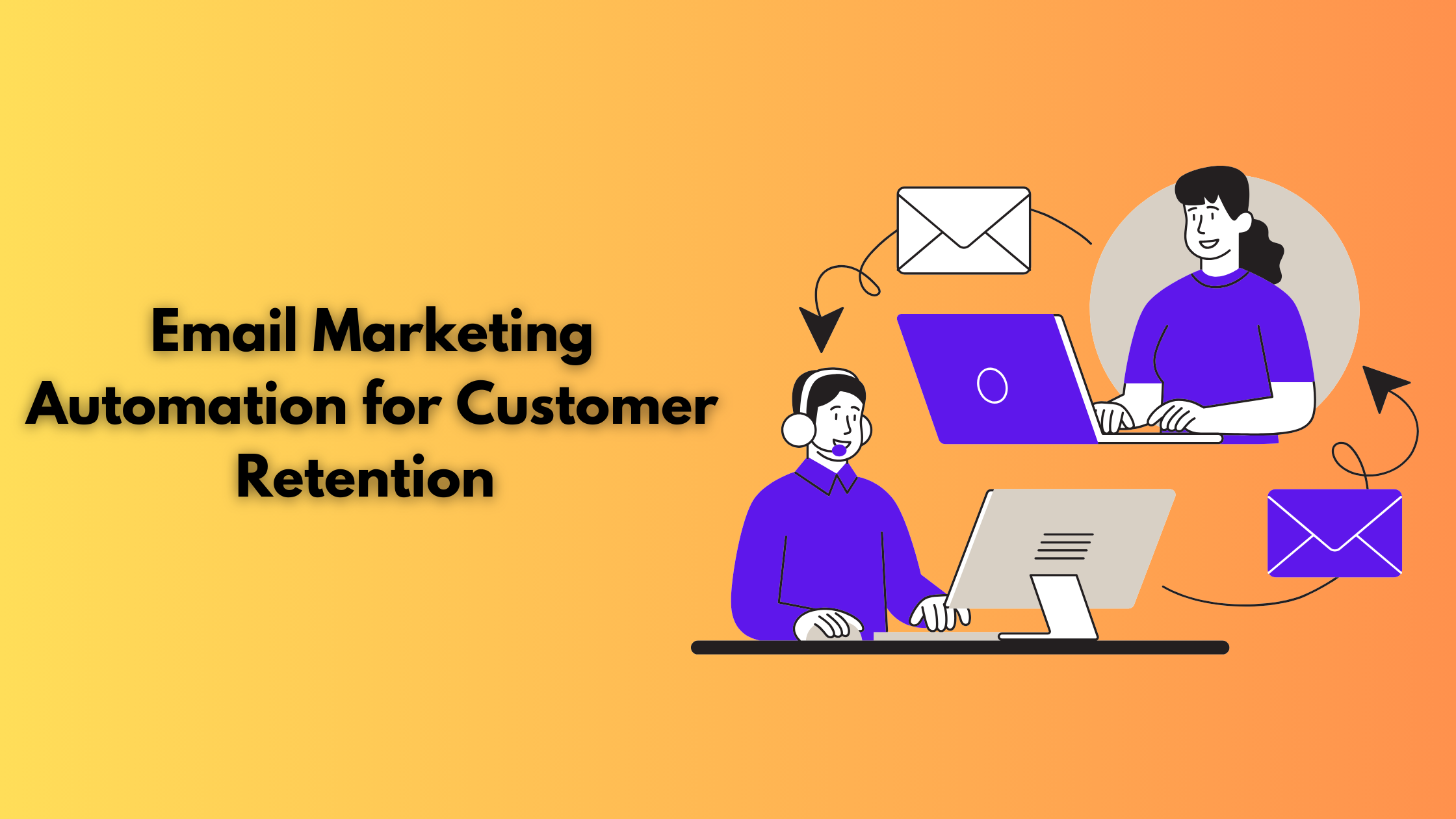
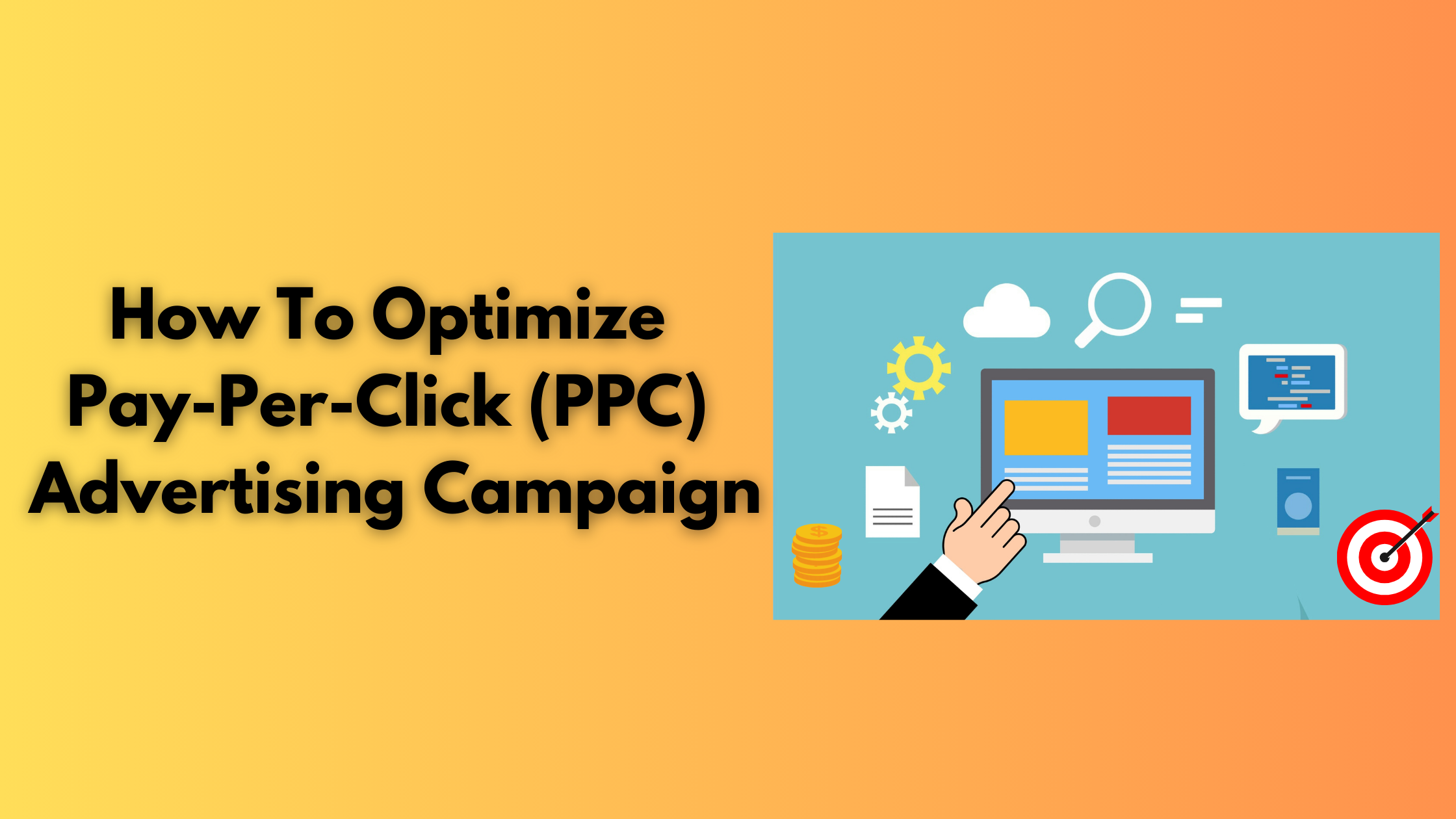
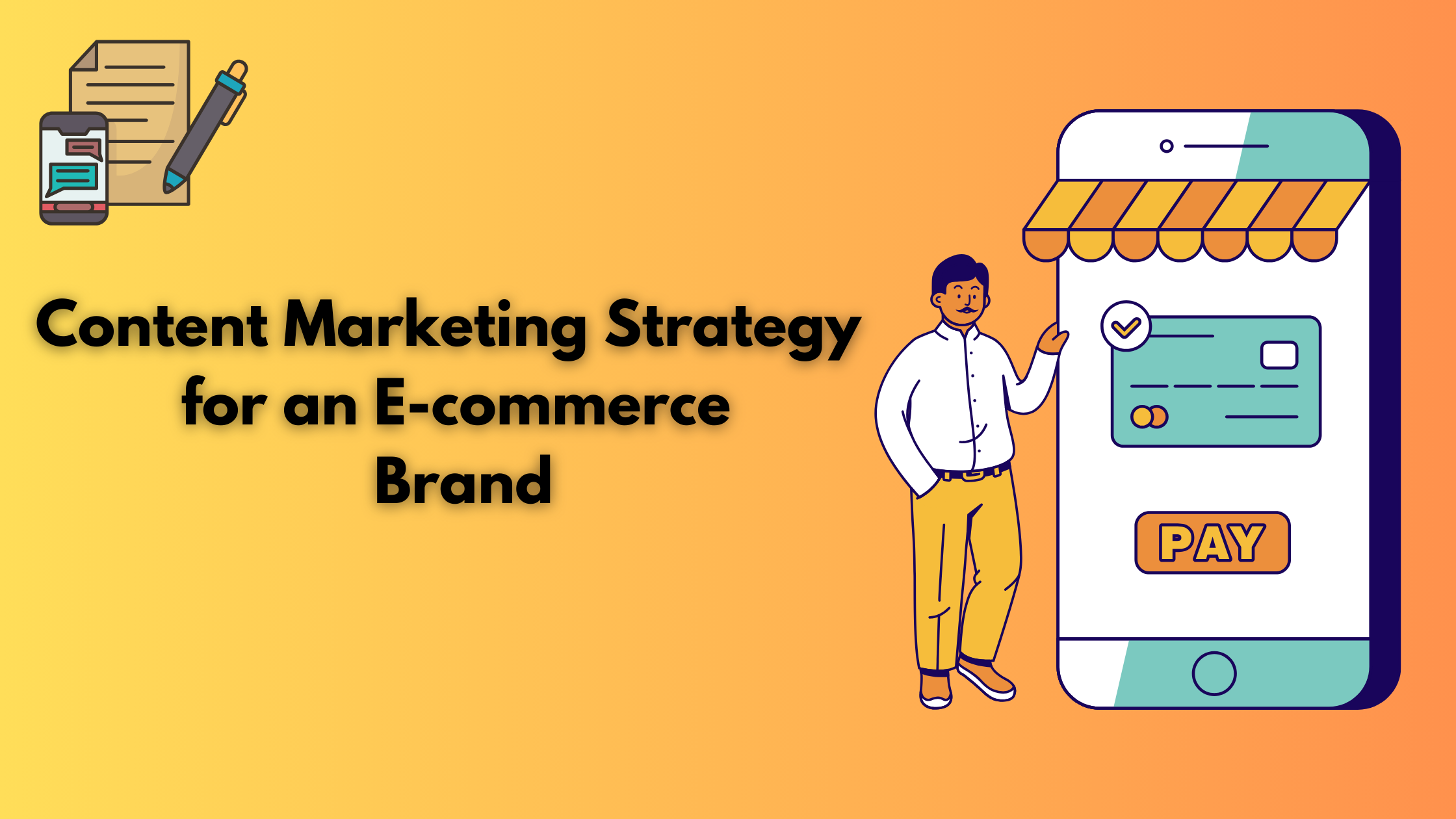


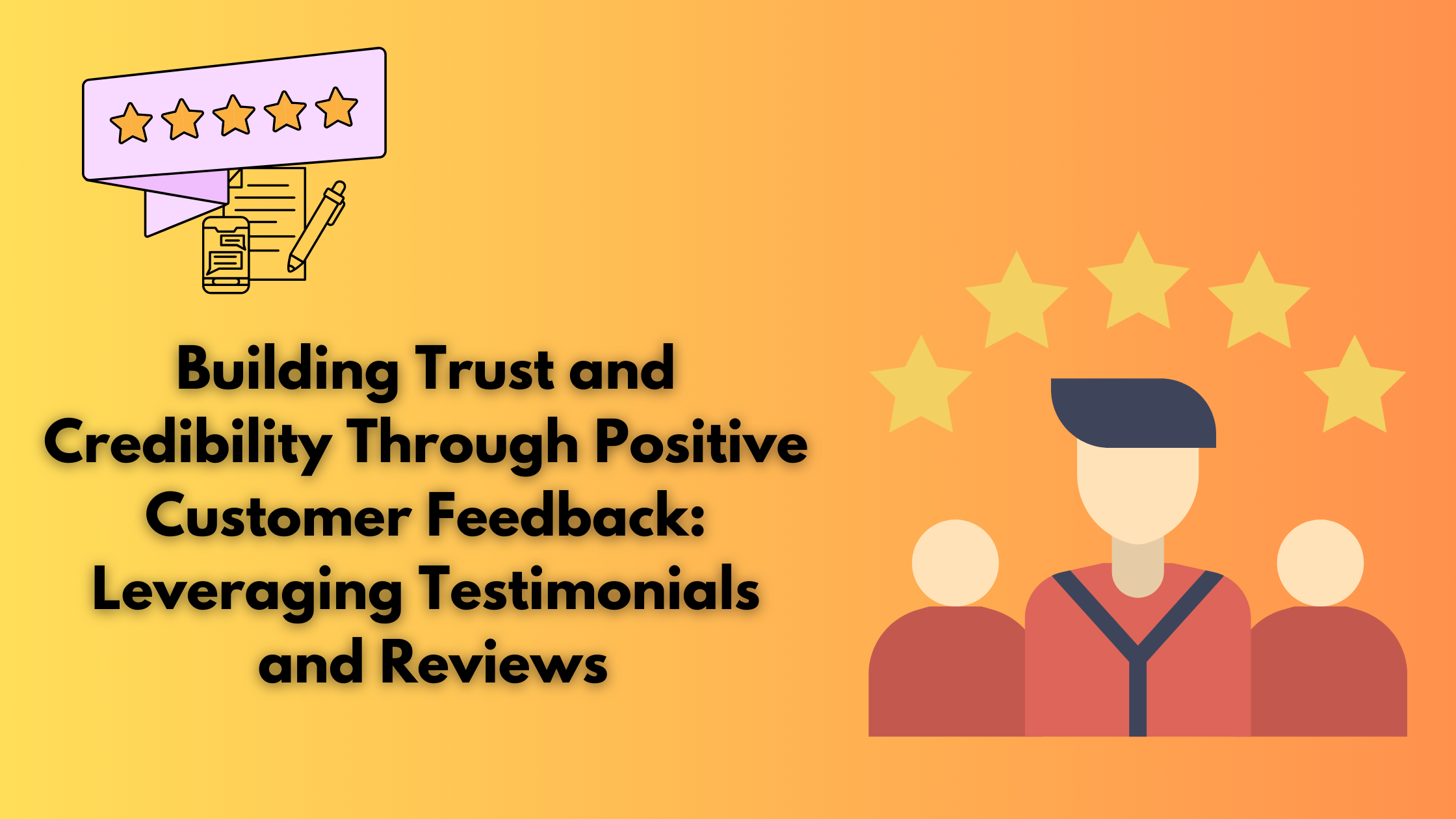
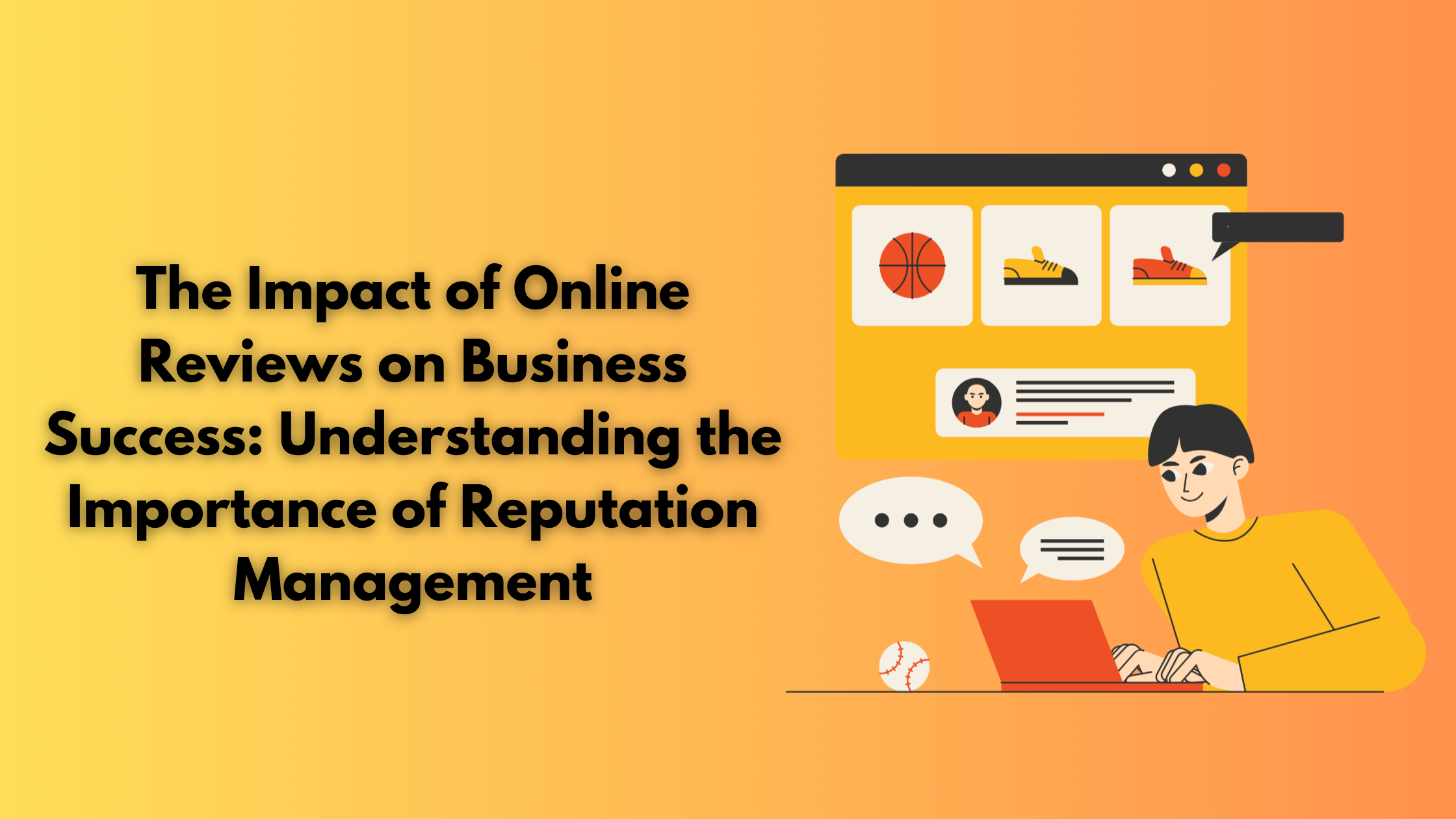


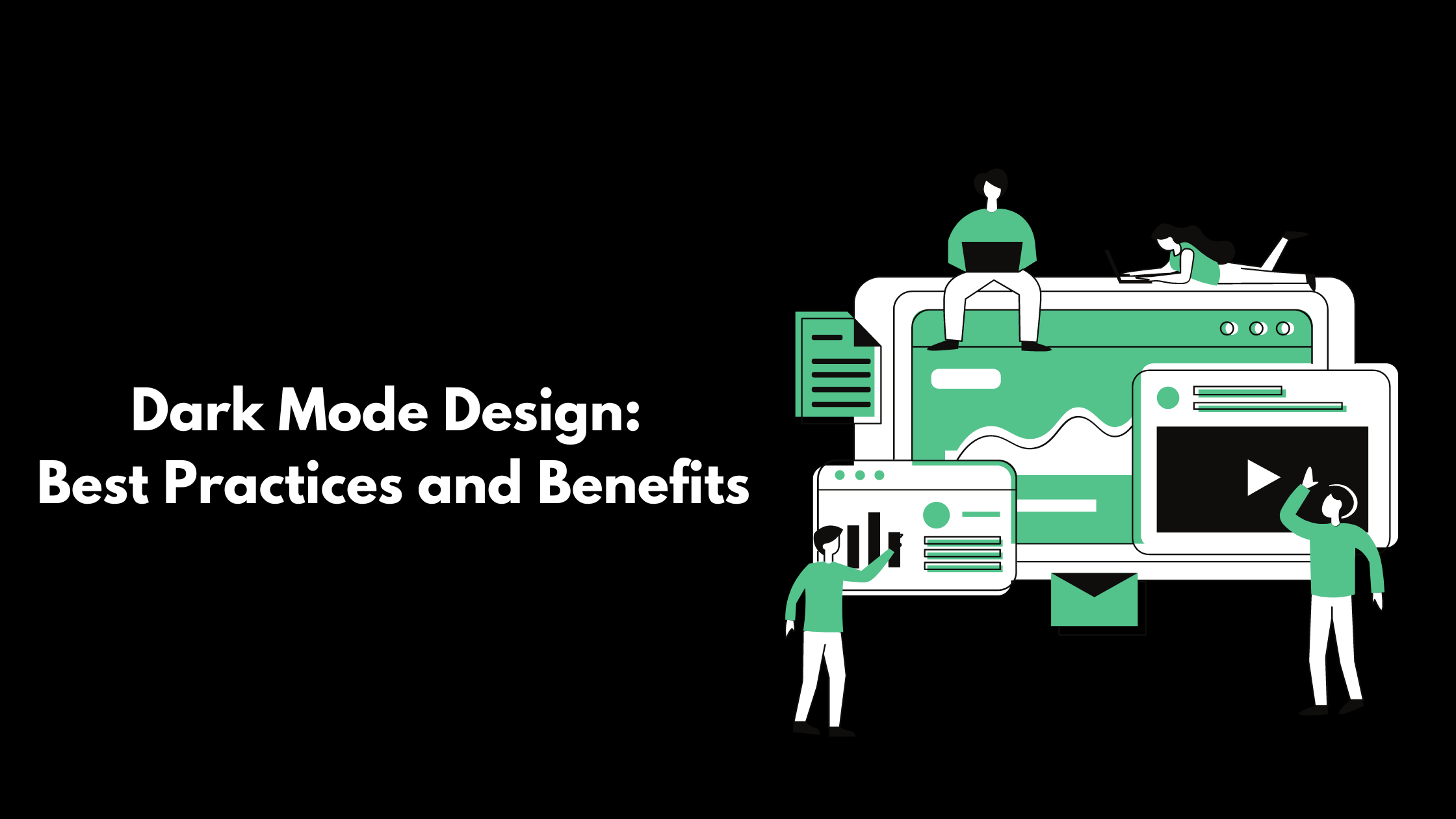
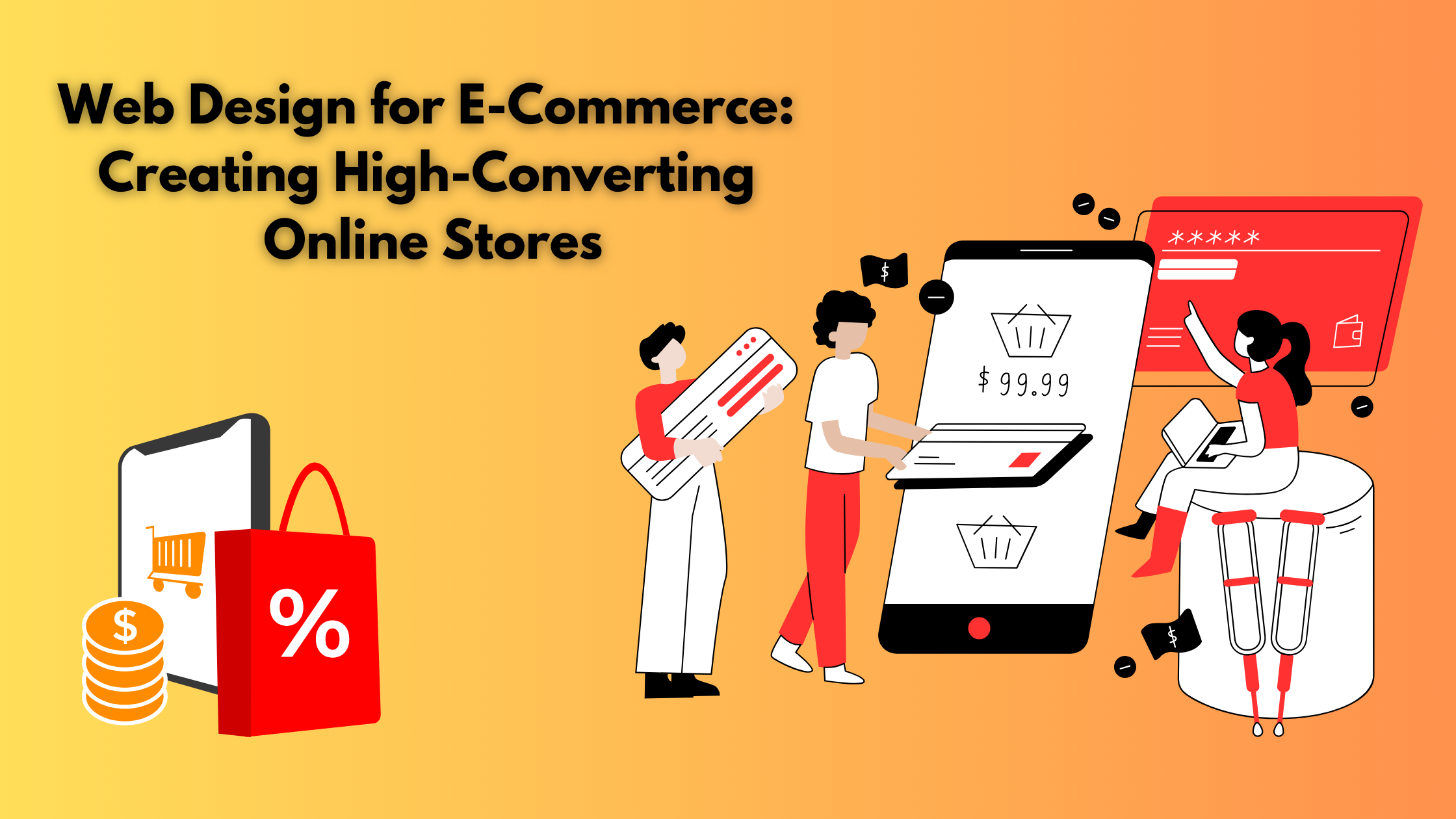


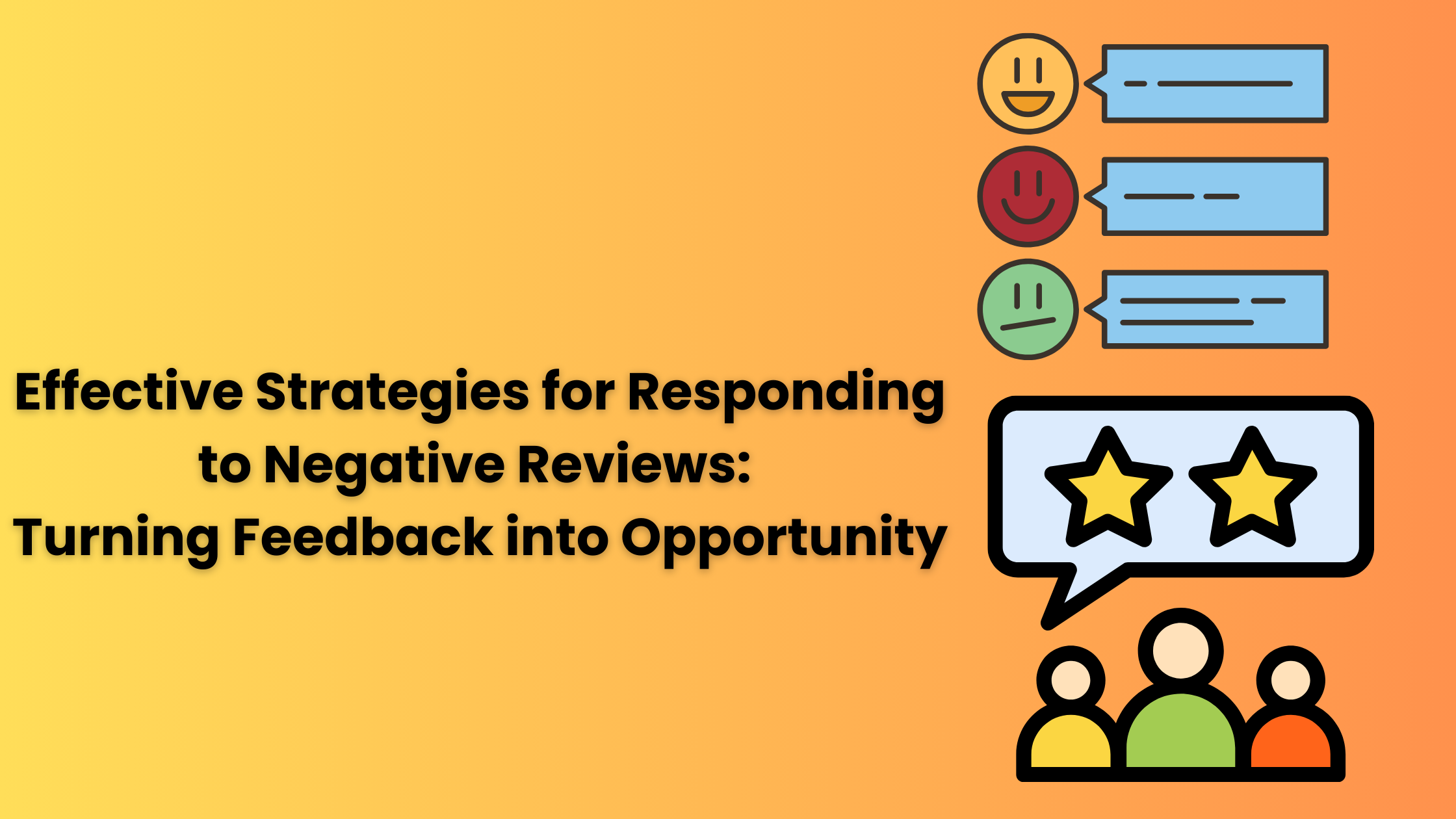
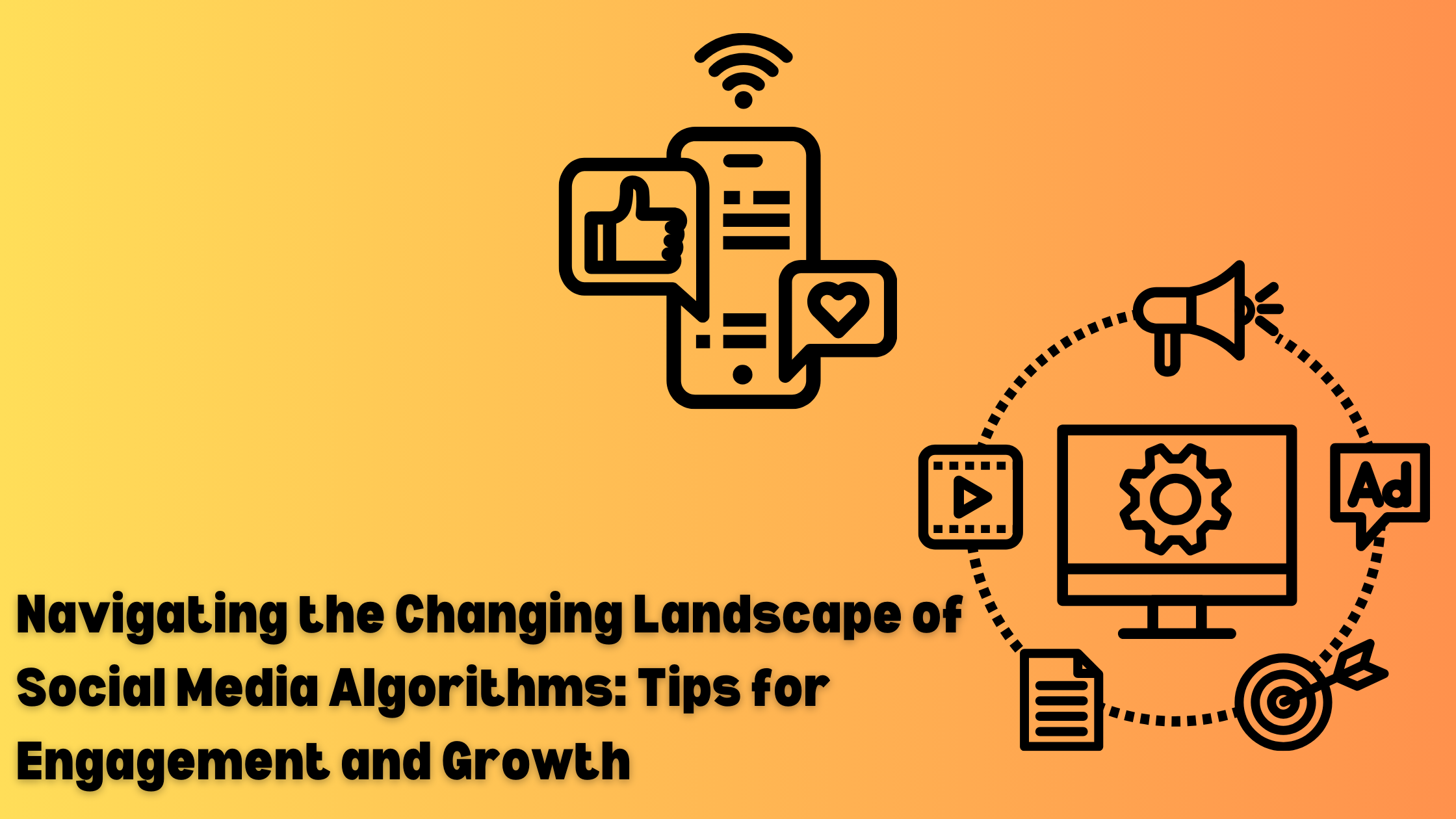


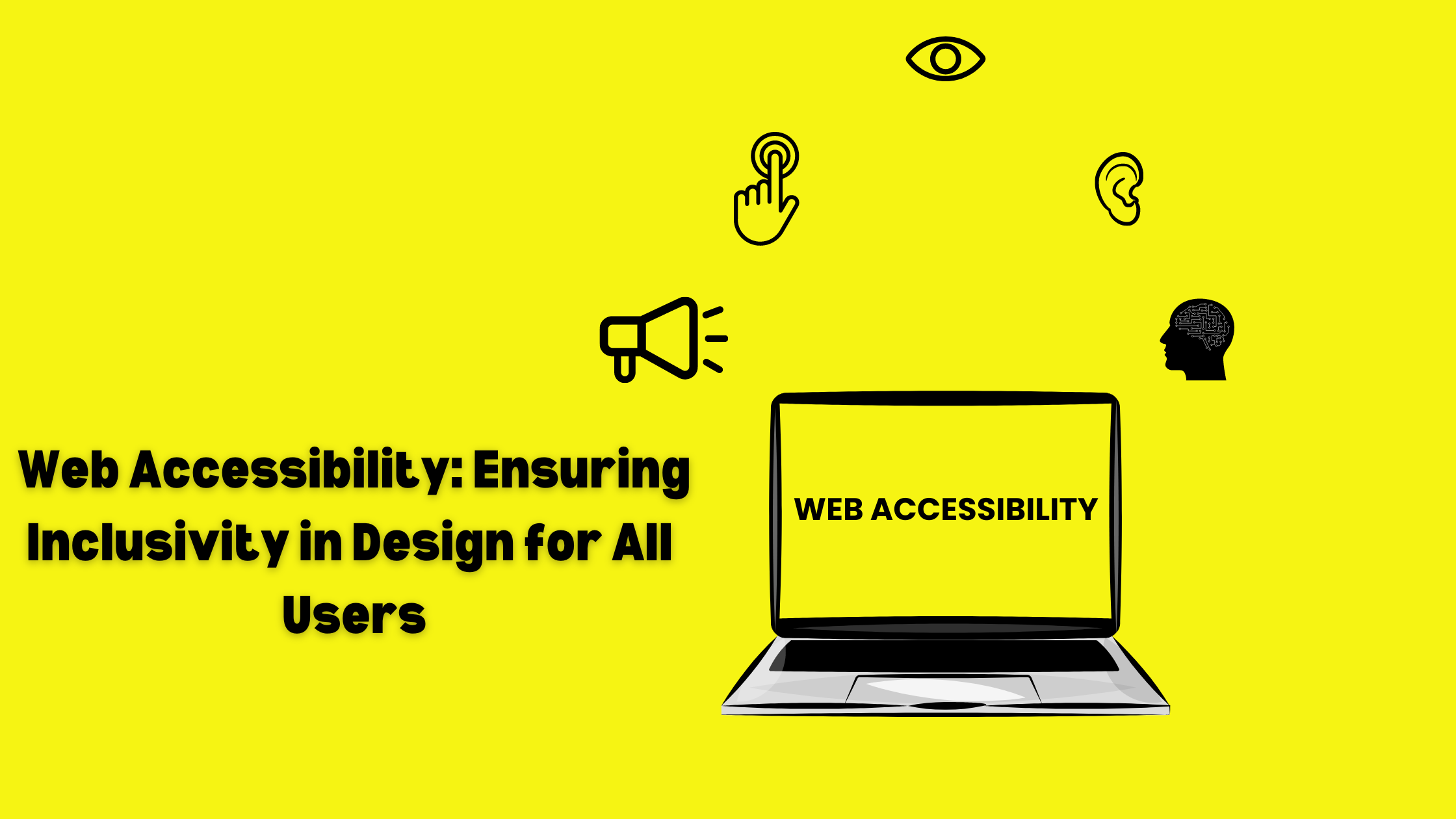
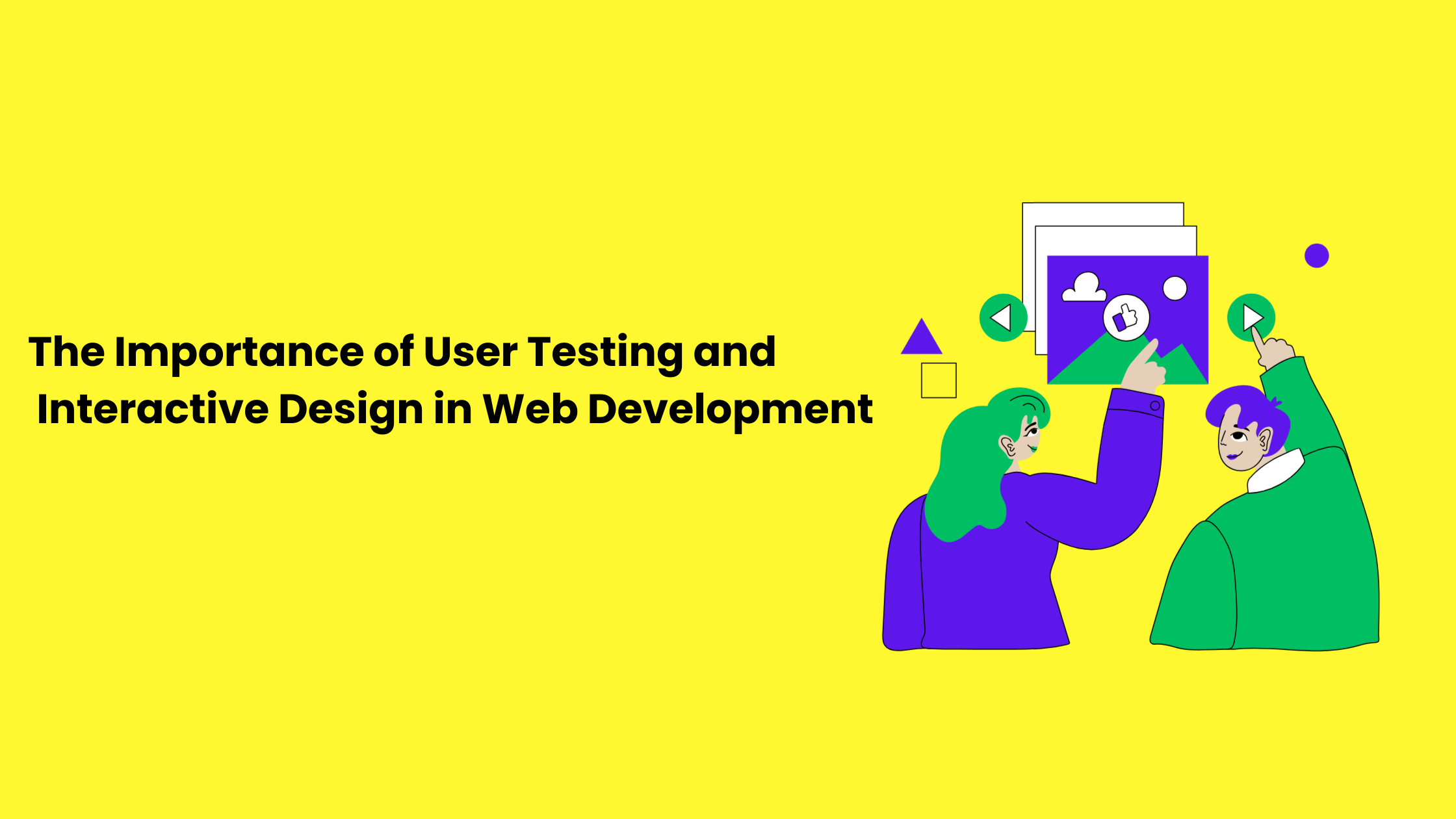
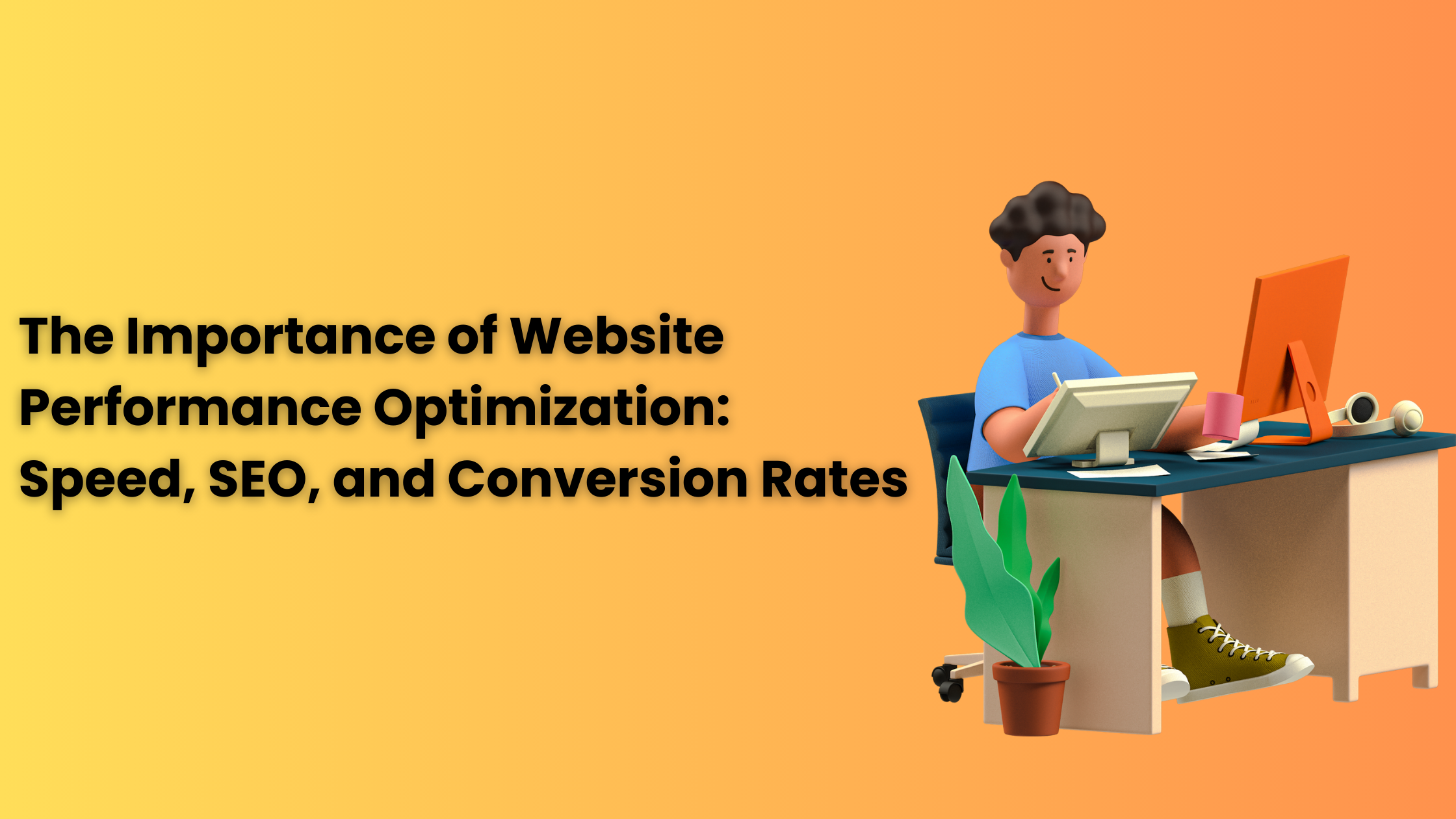



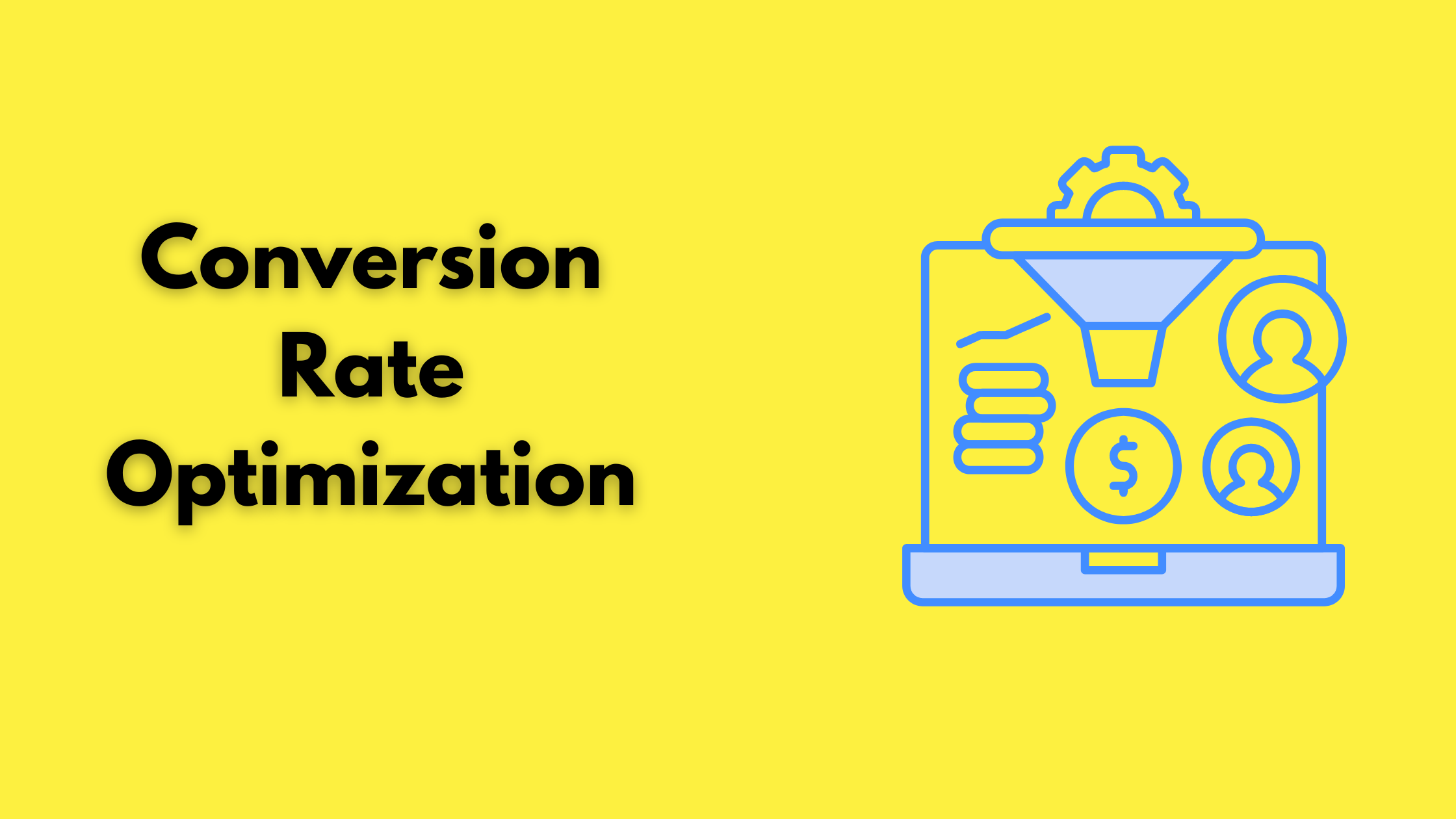
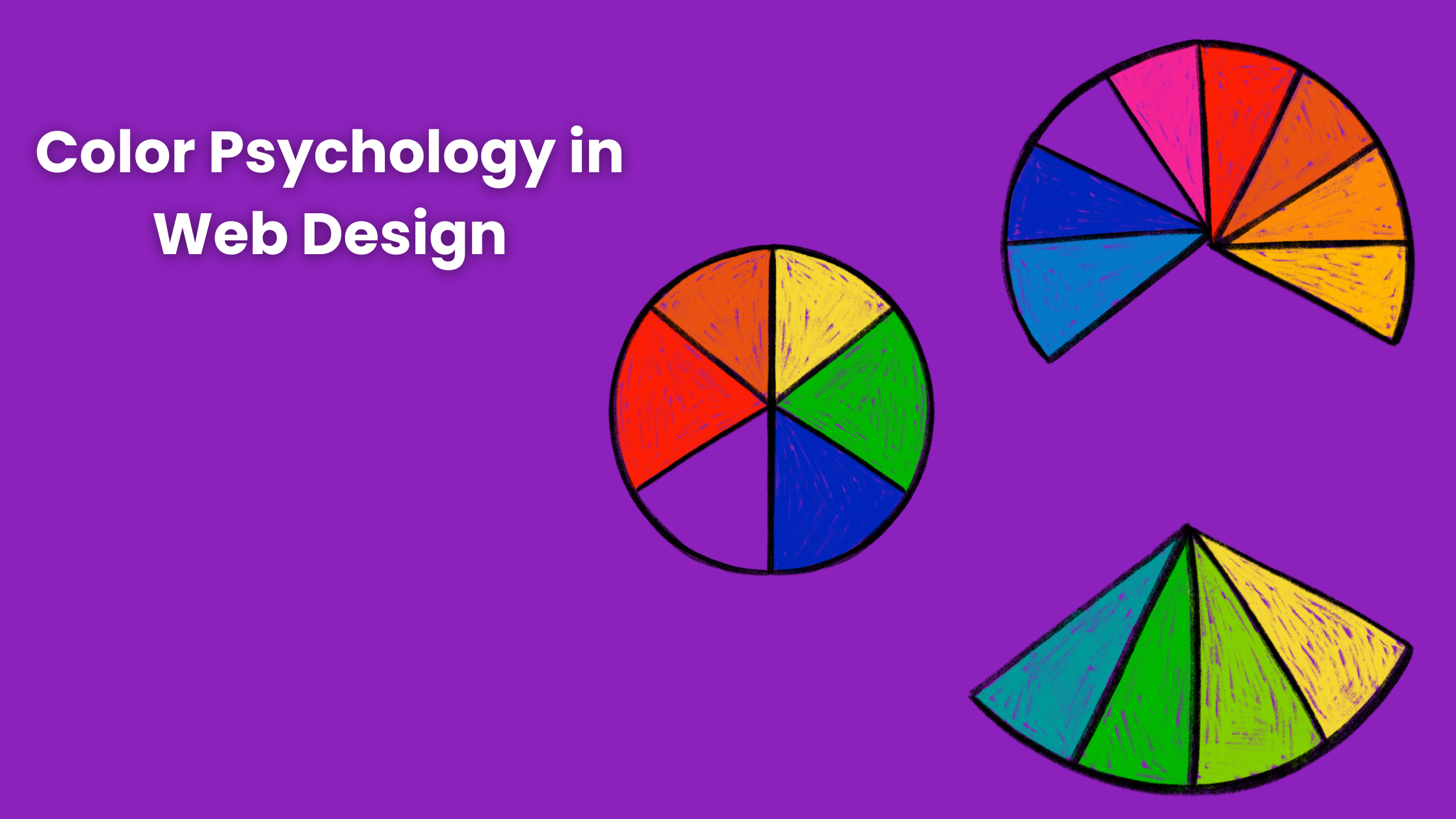
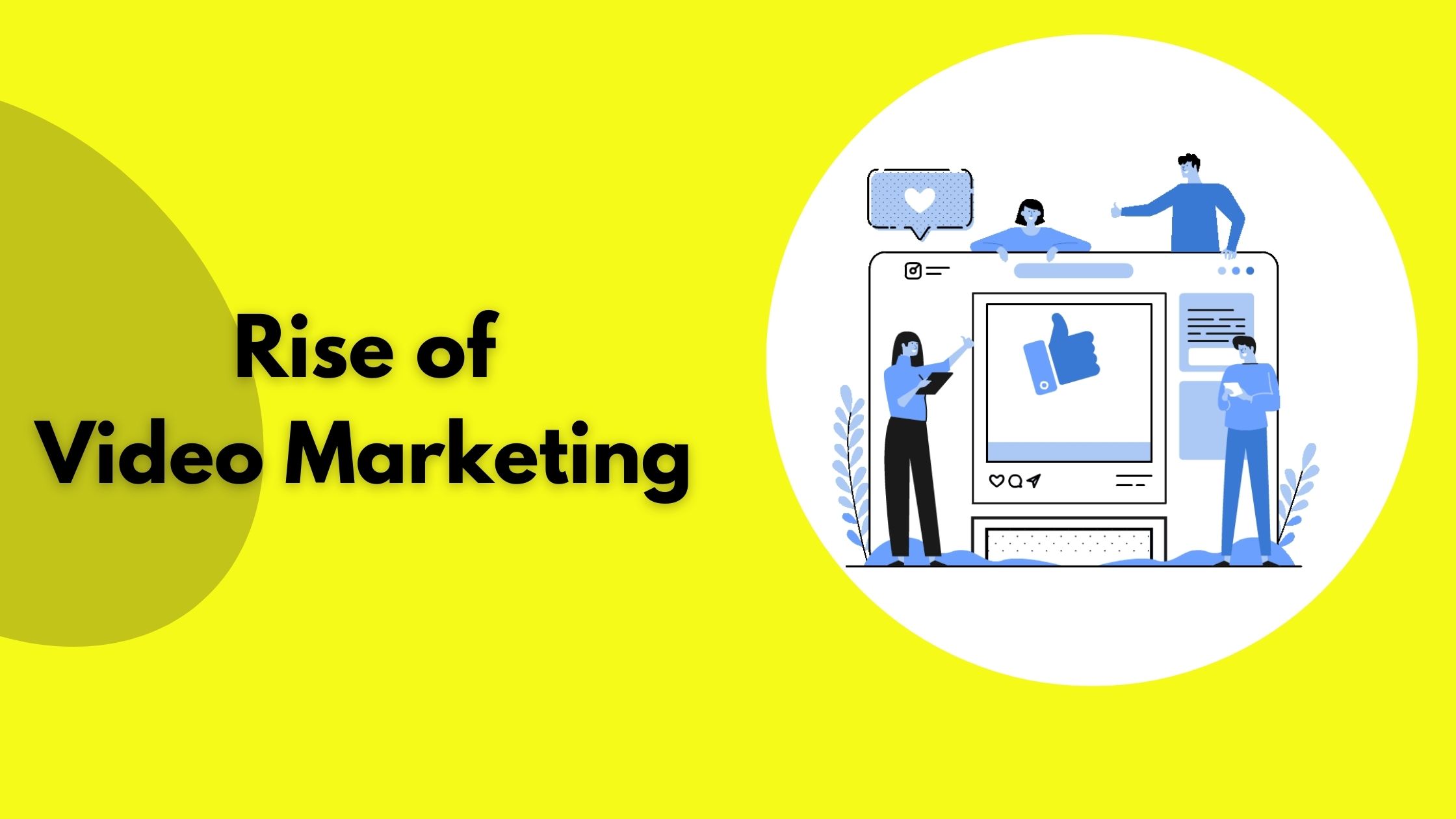




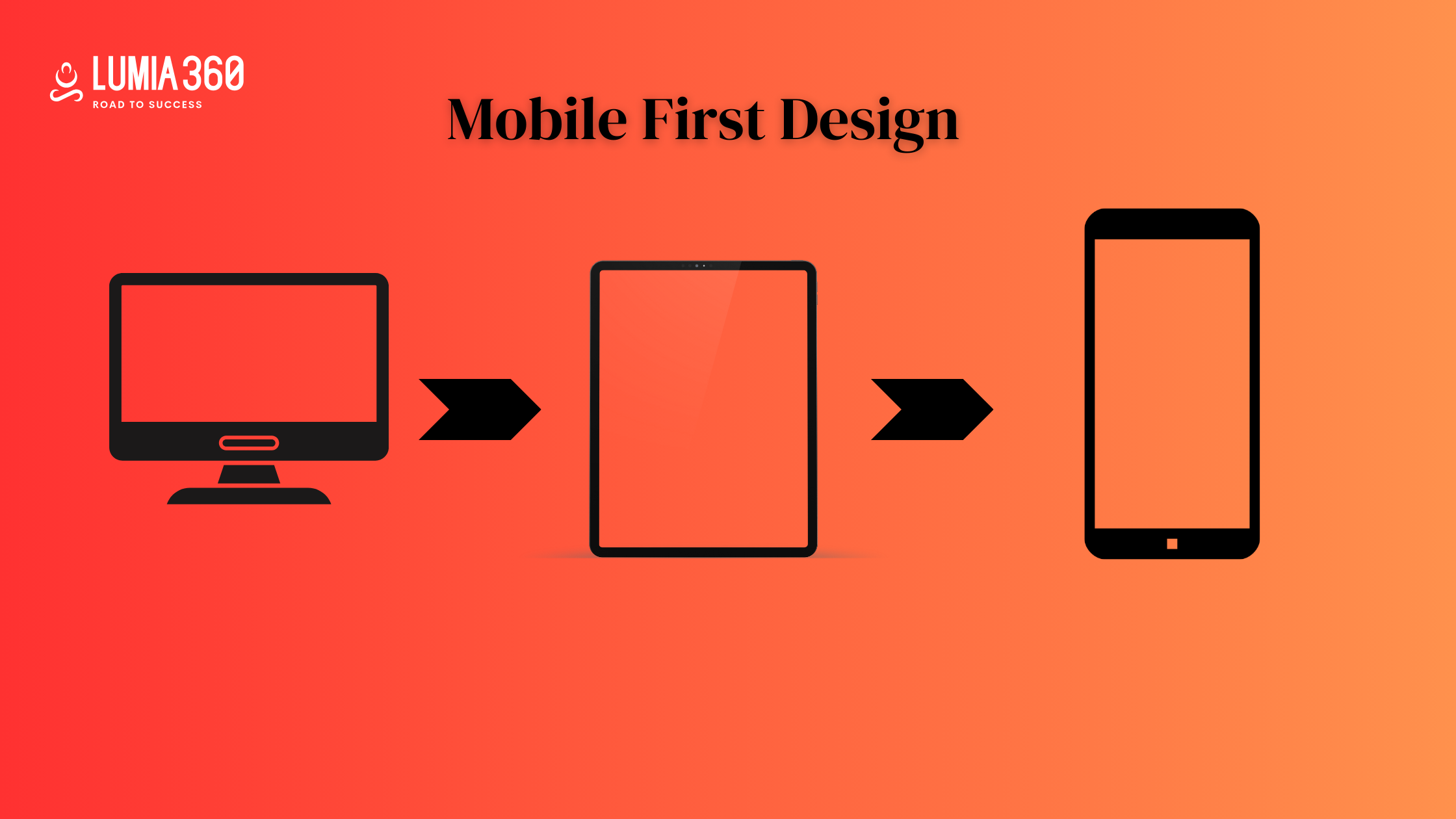



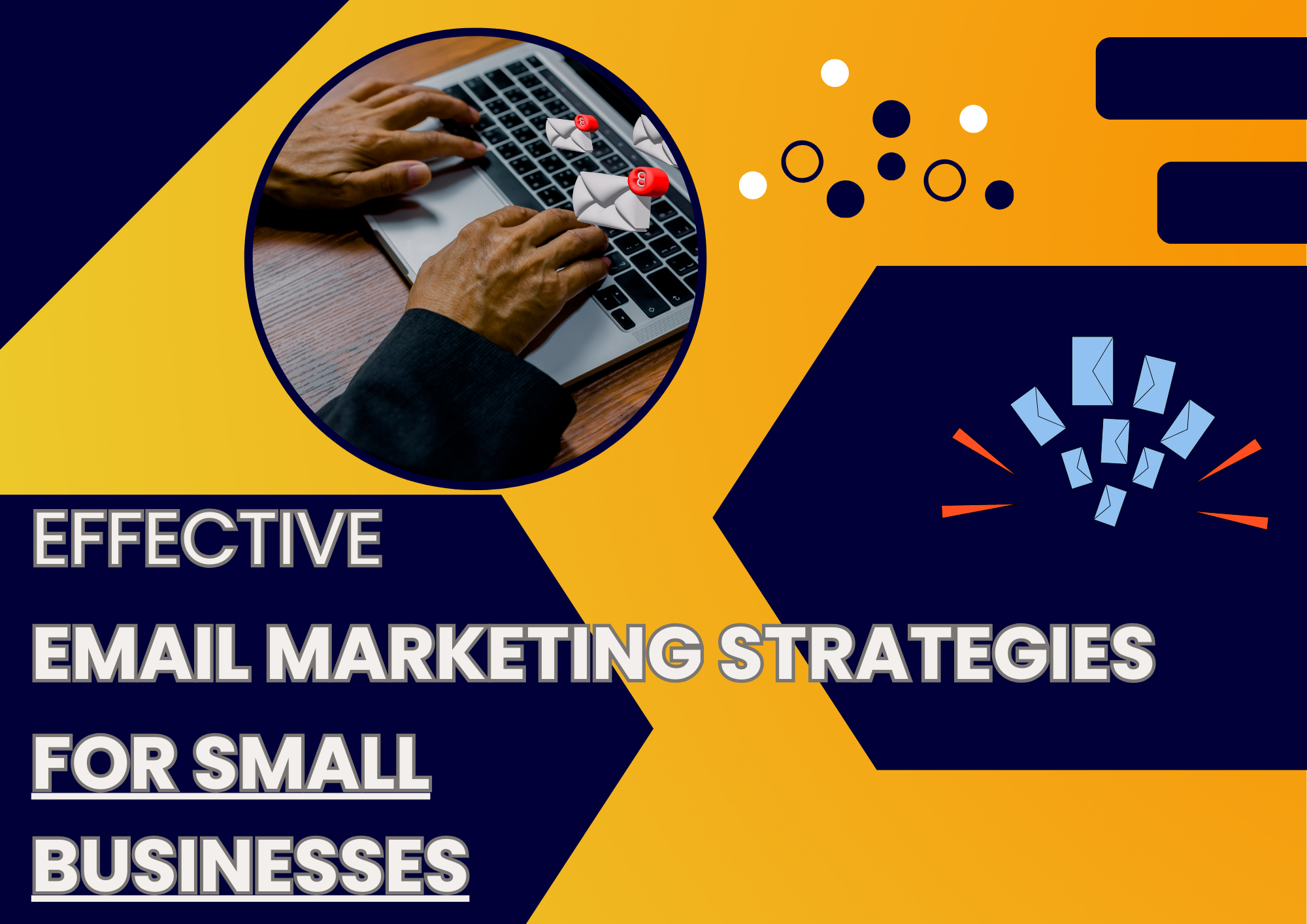

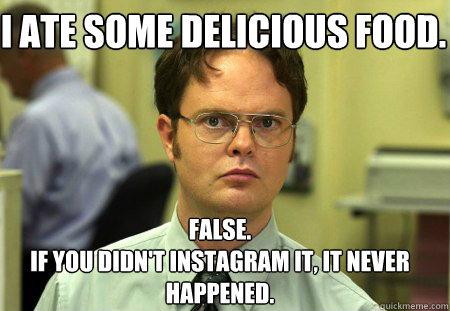

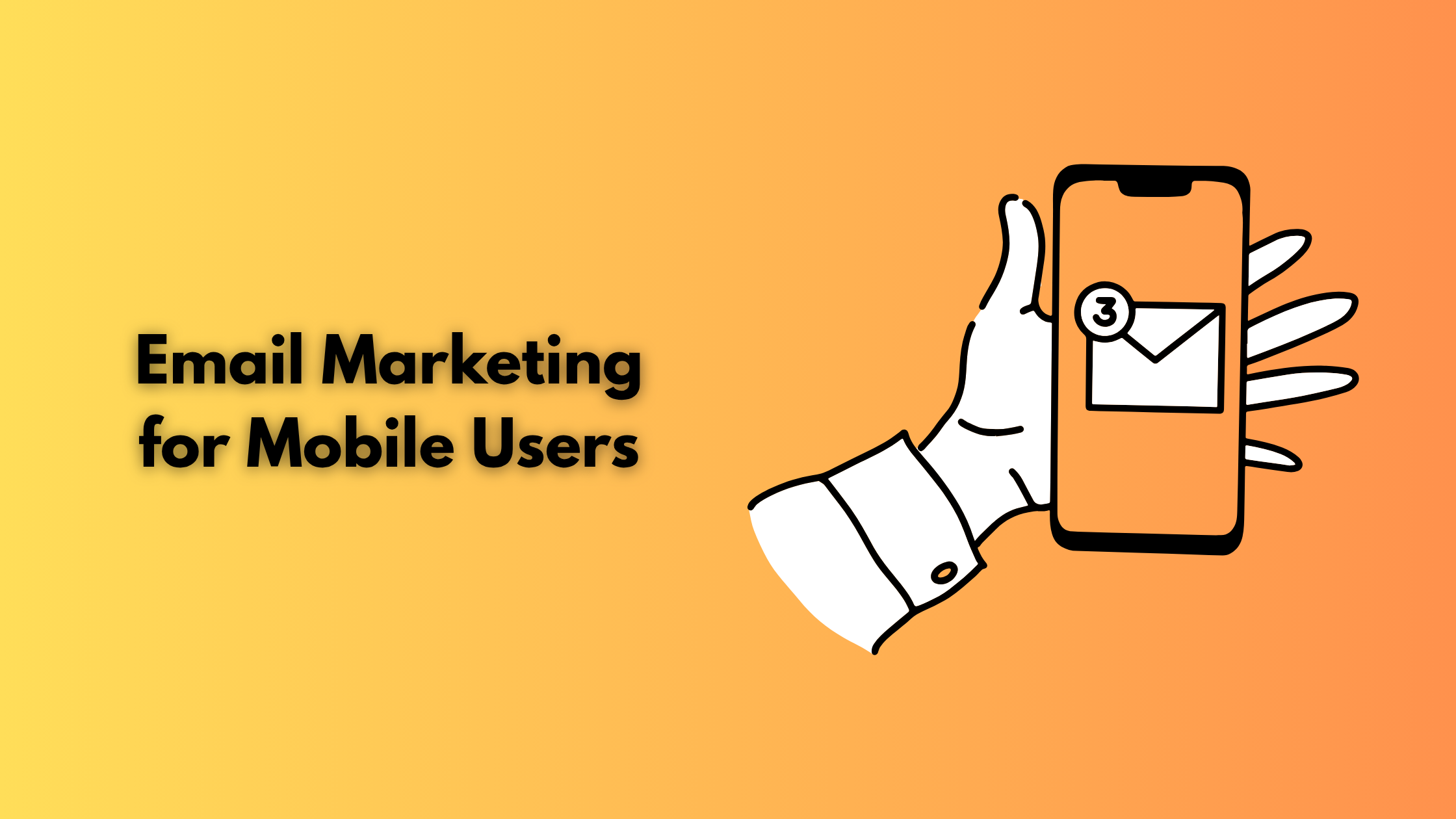
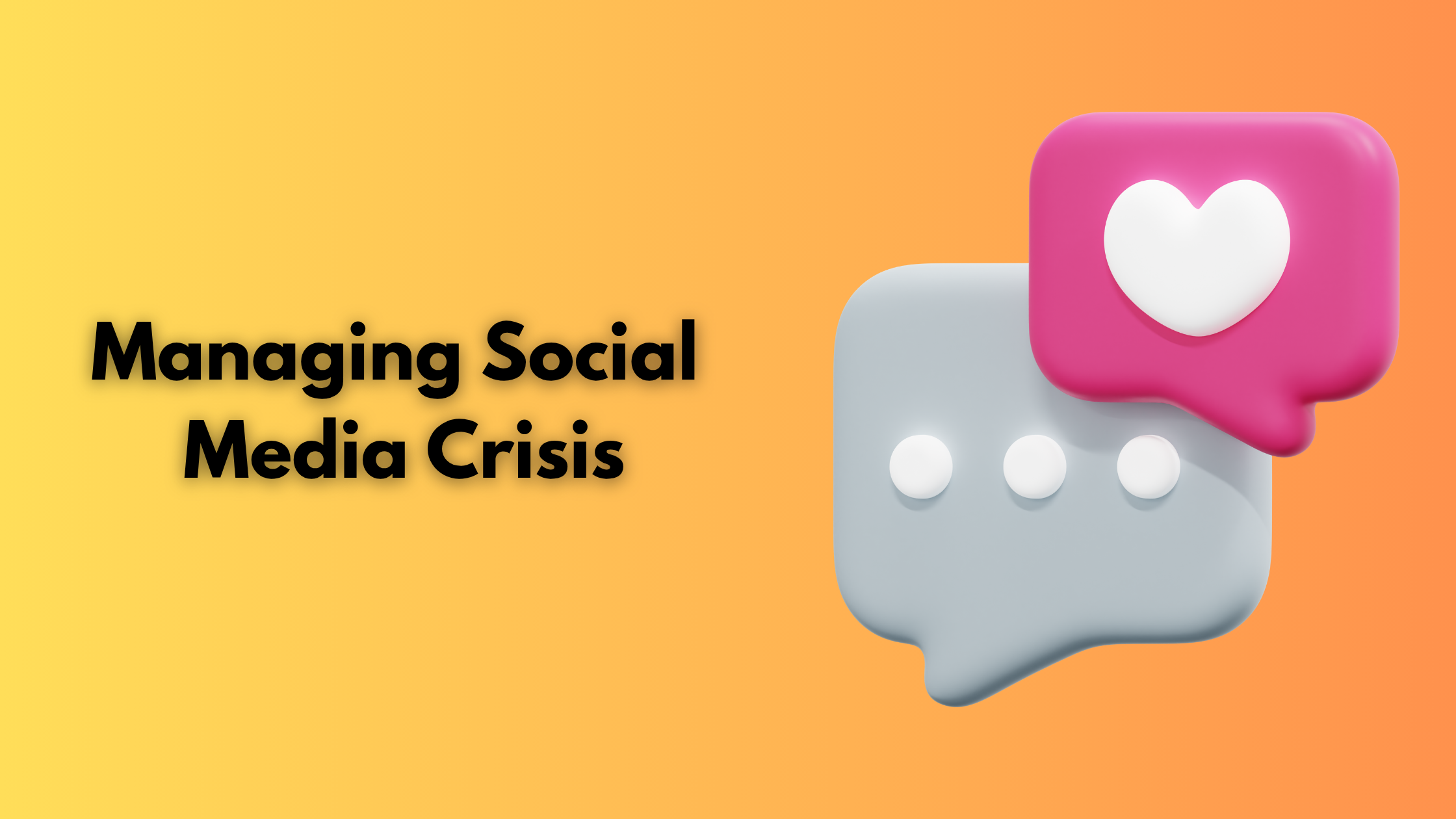
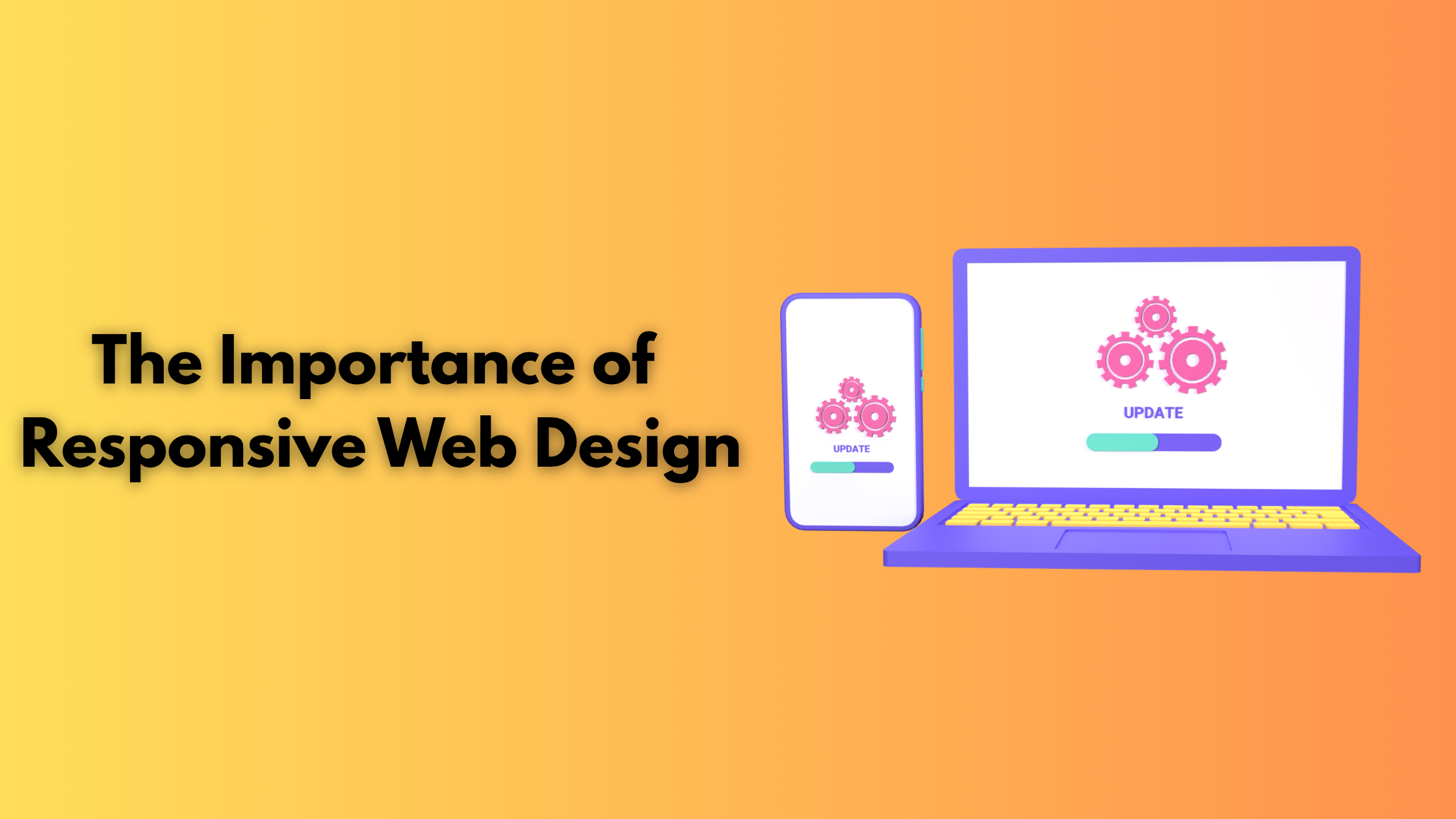


1 Comment
[…] Read Also: Mobile Marketing Initiative for an App Launch […]